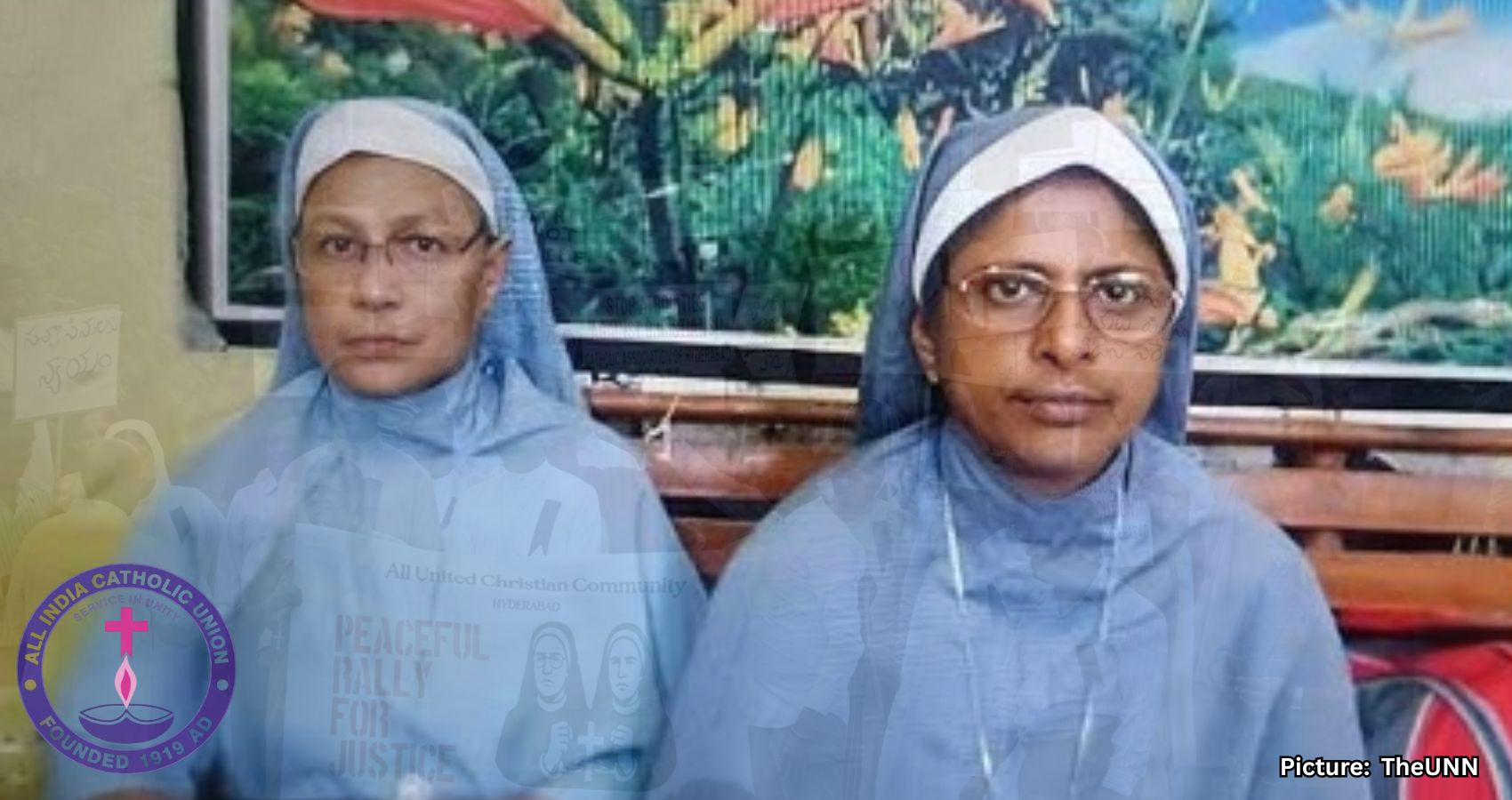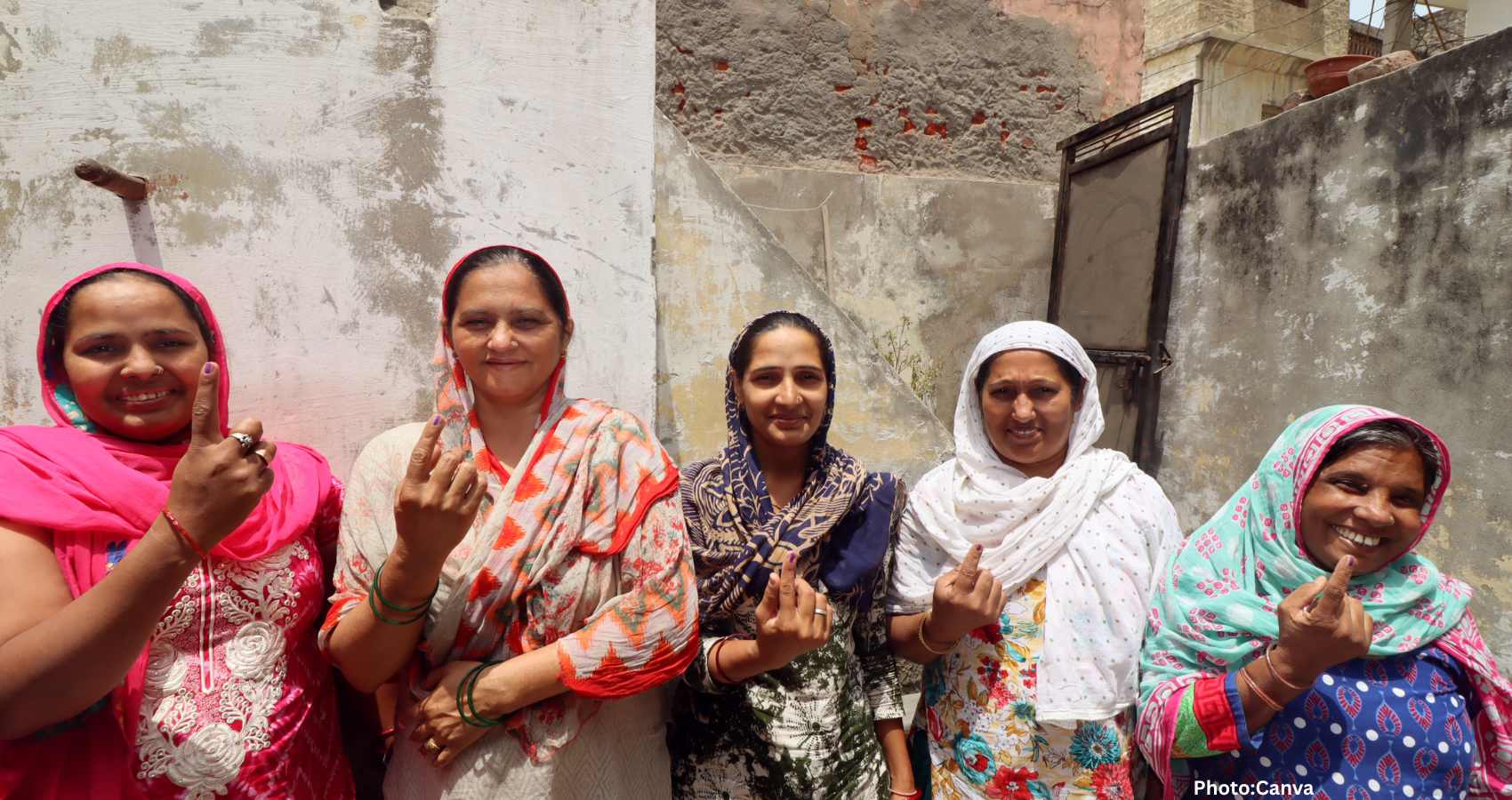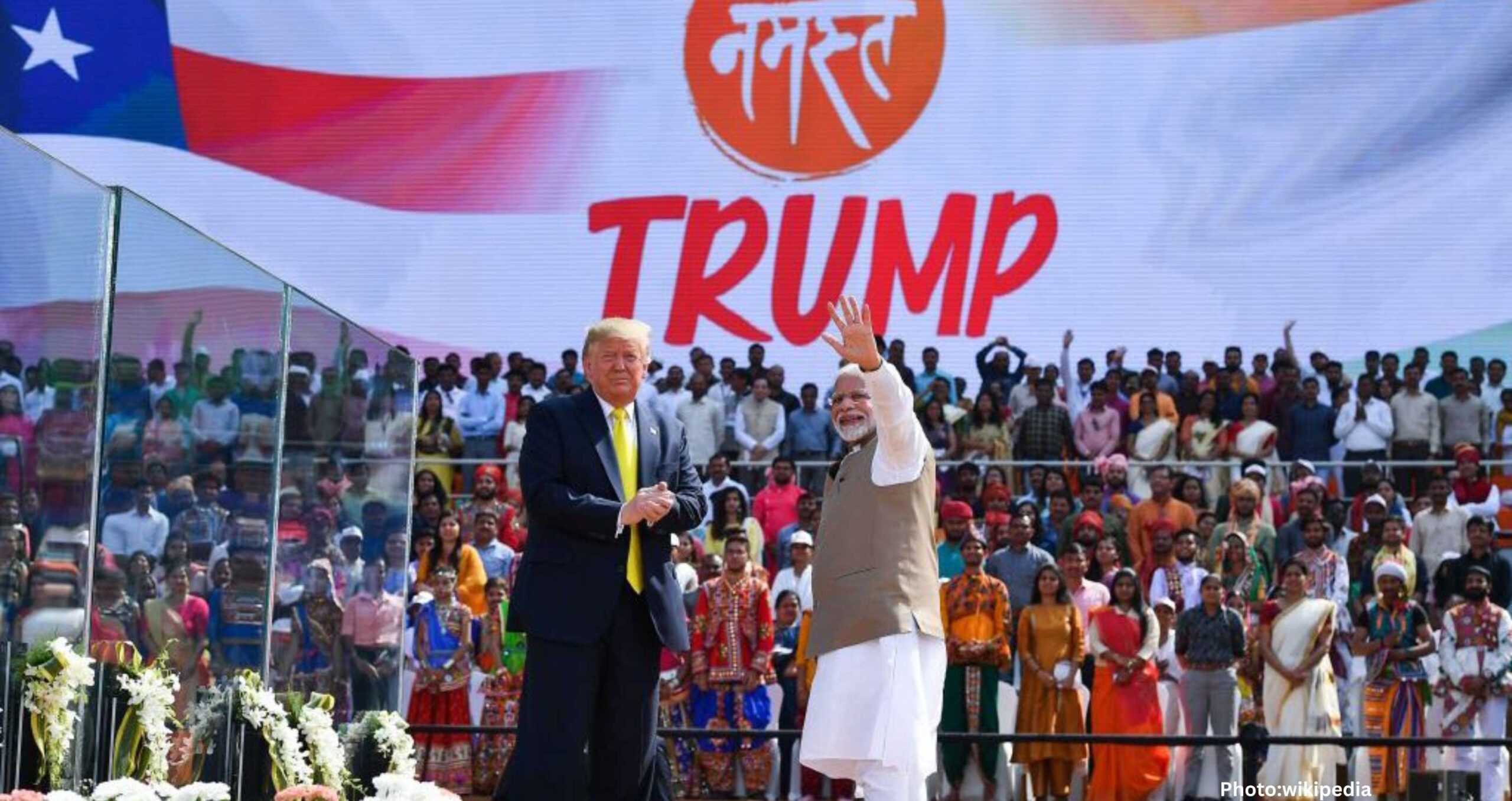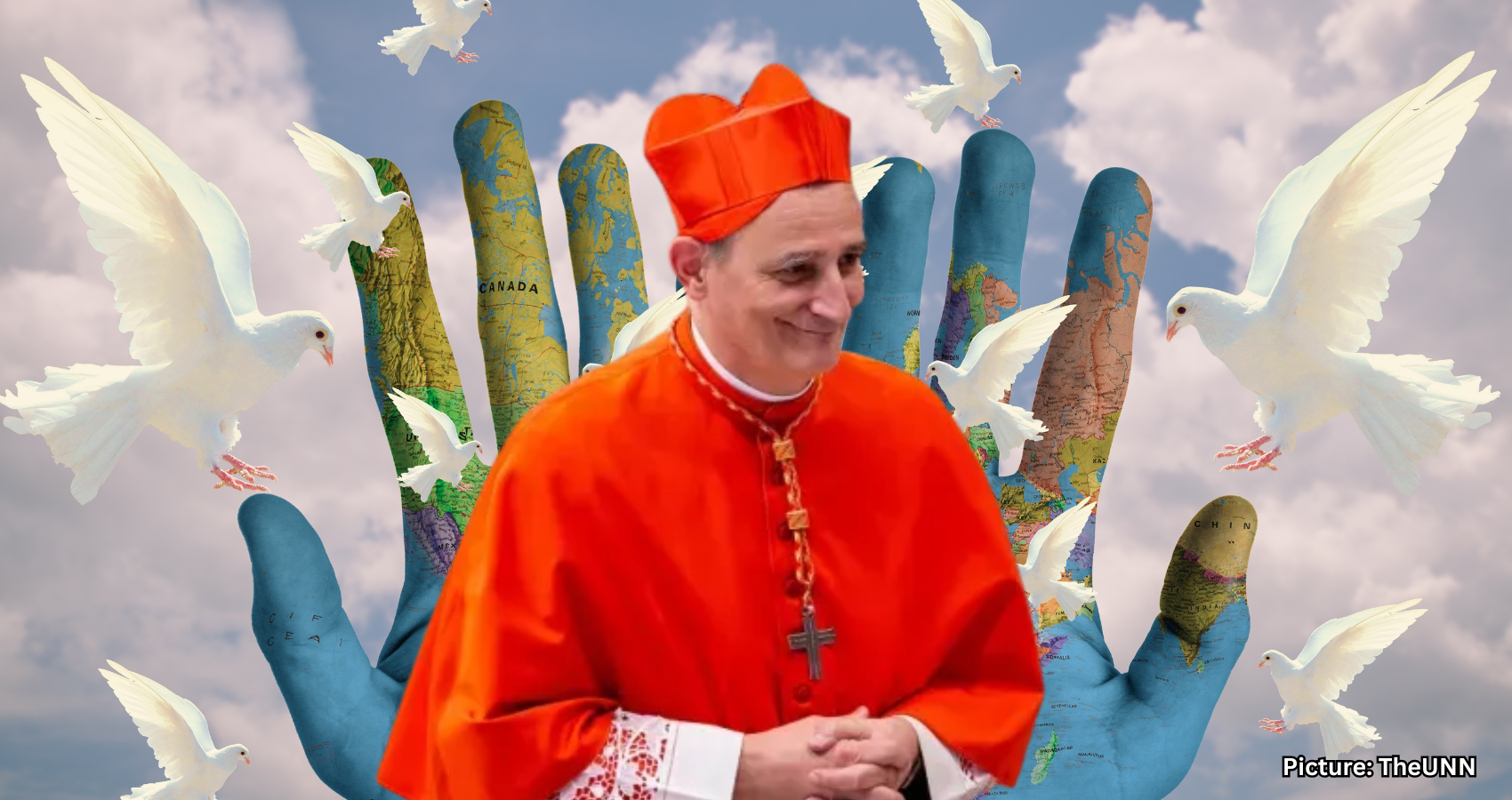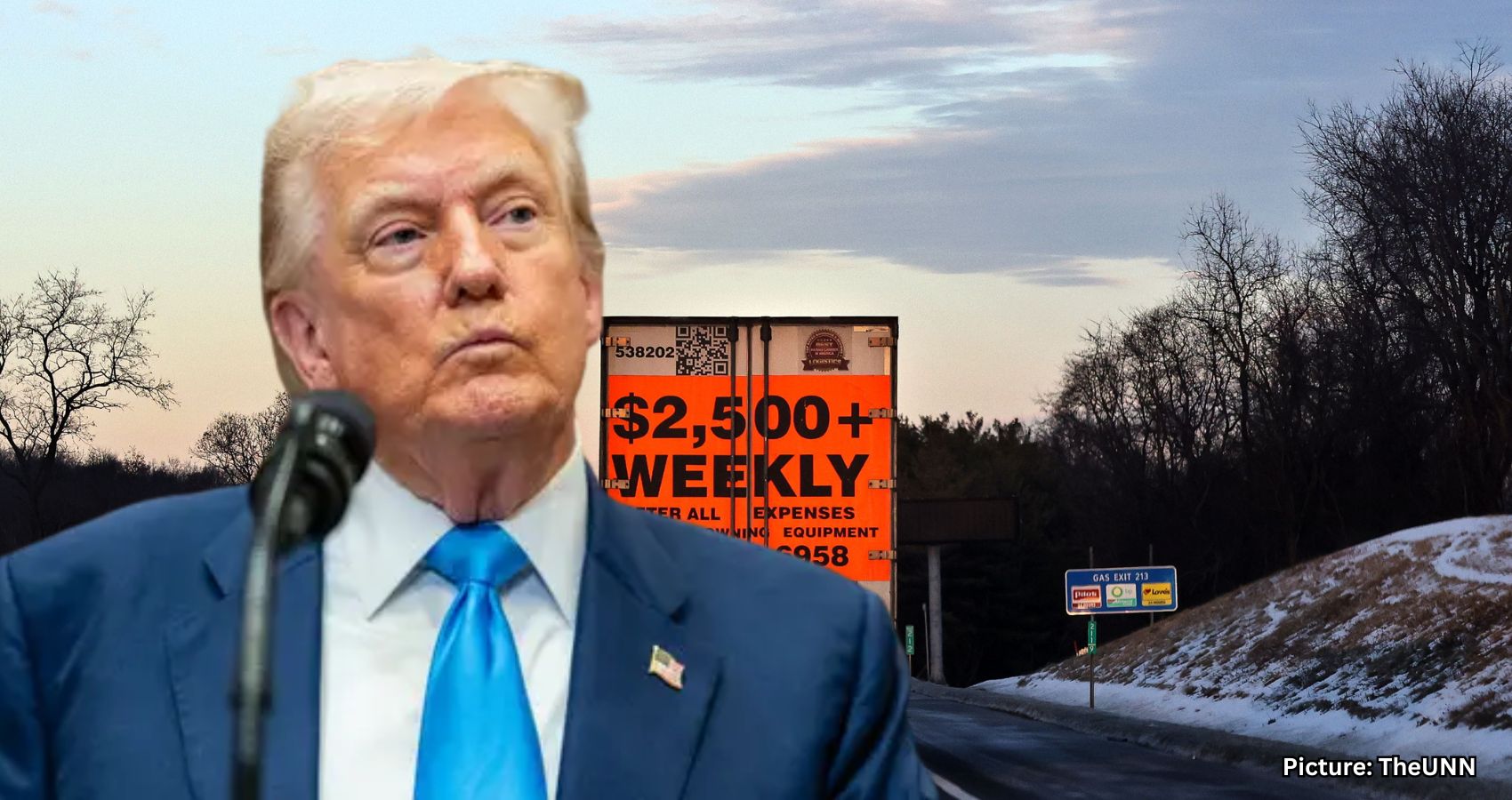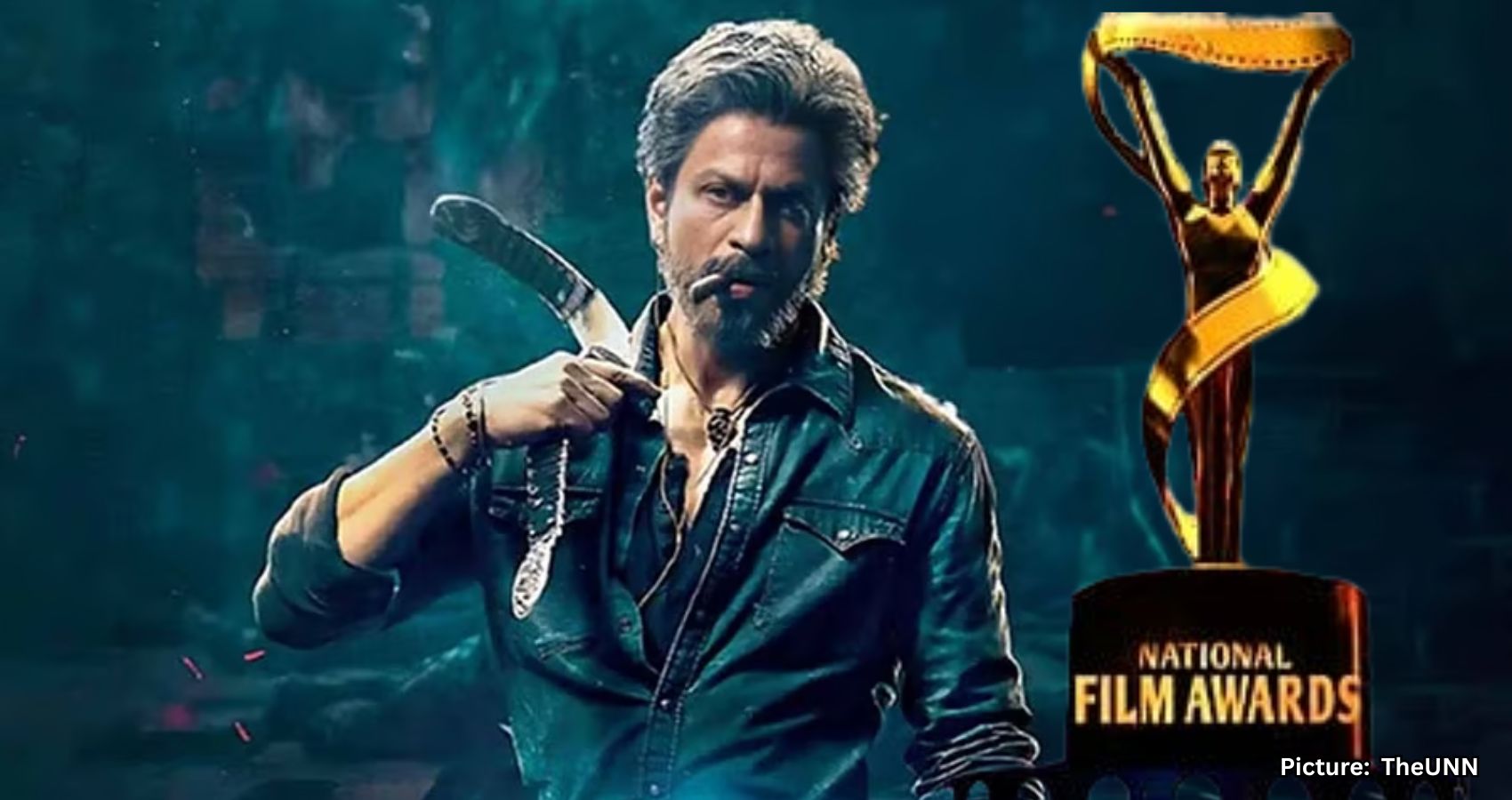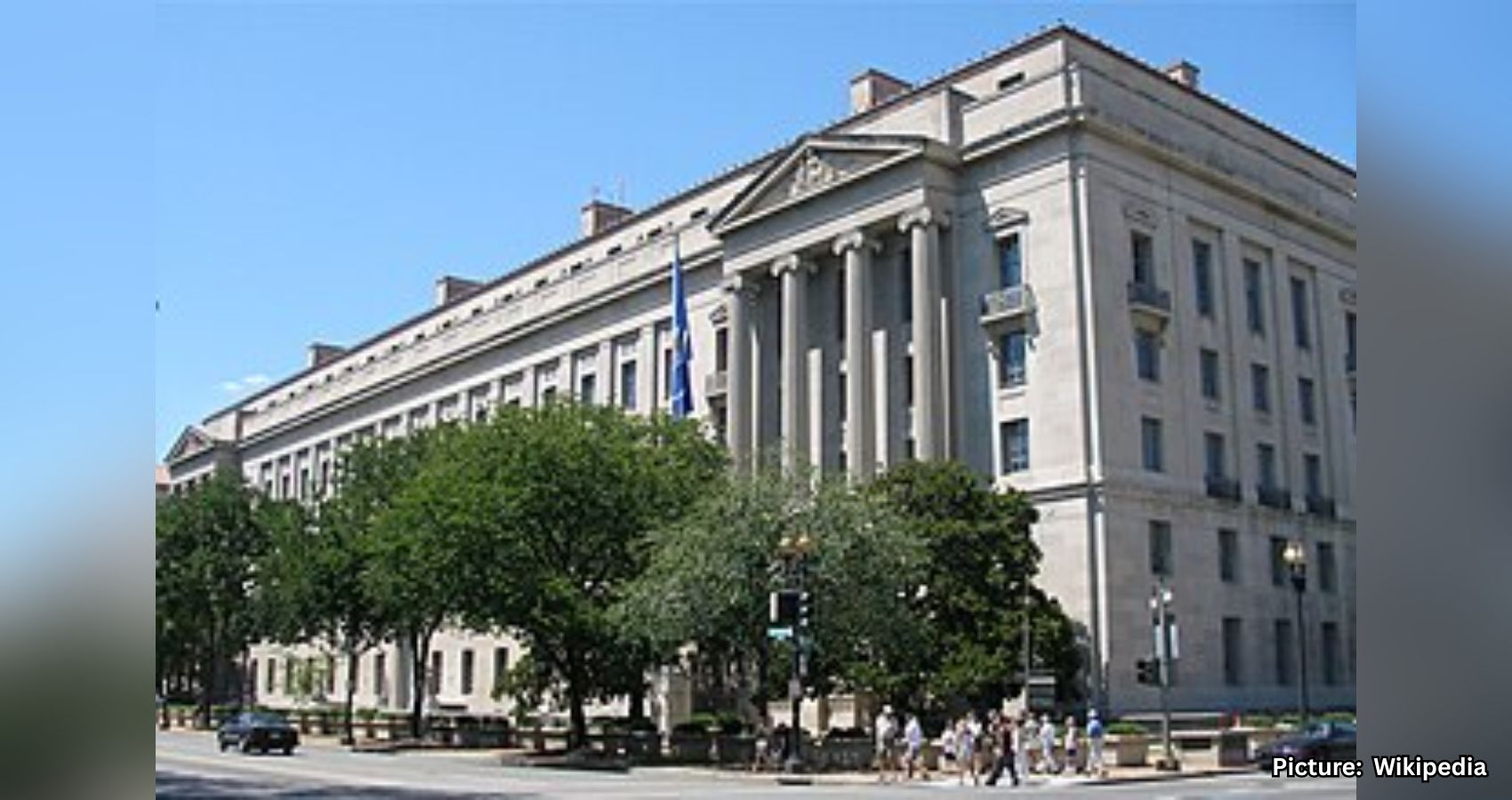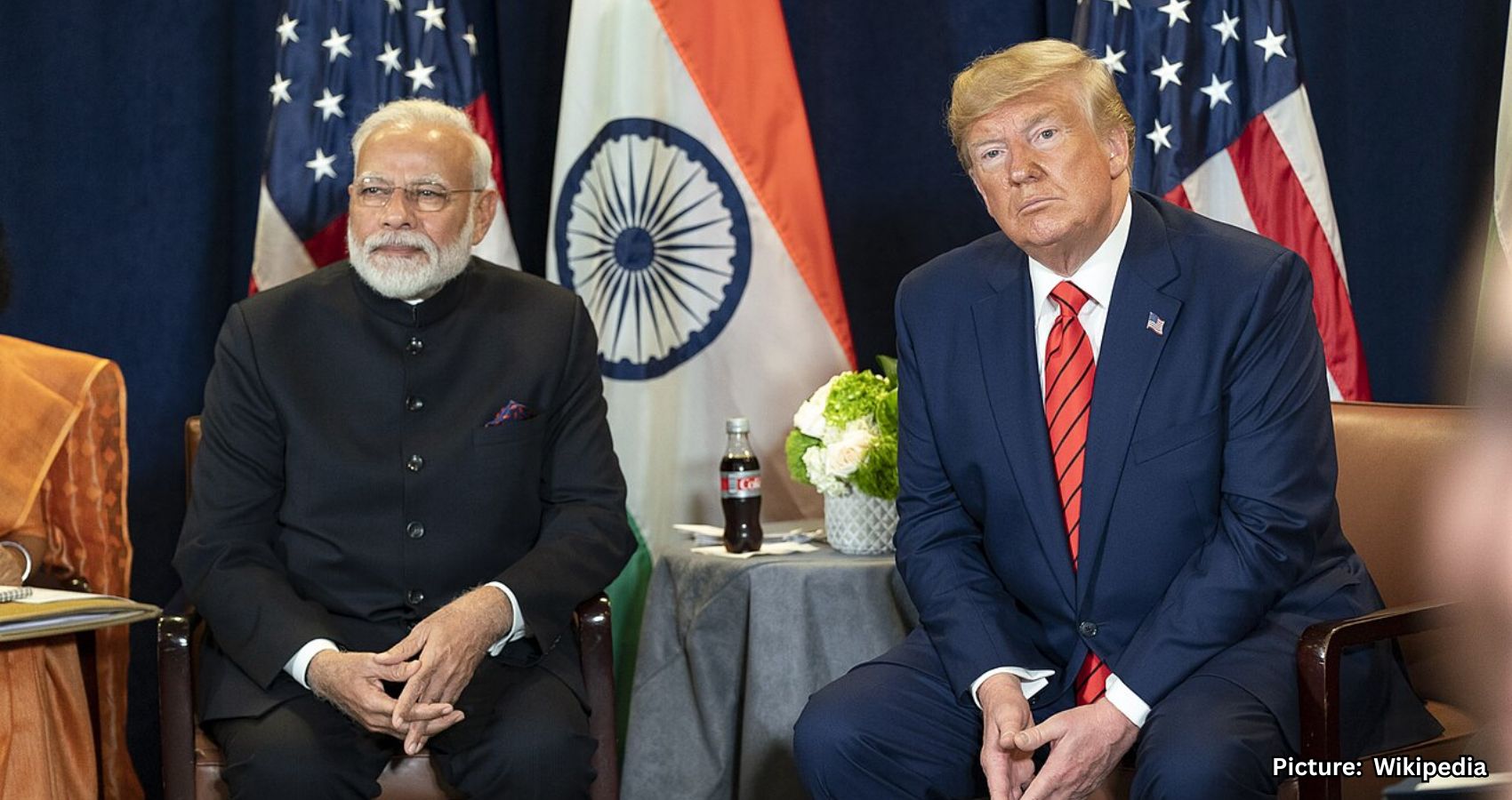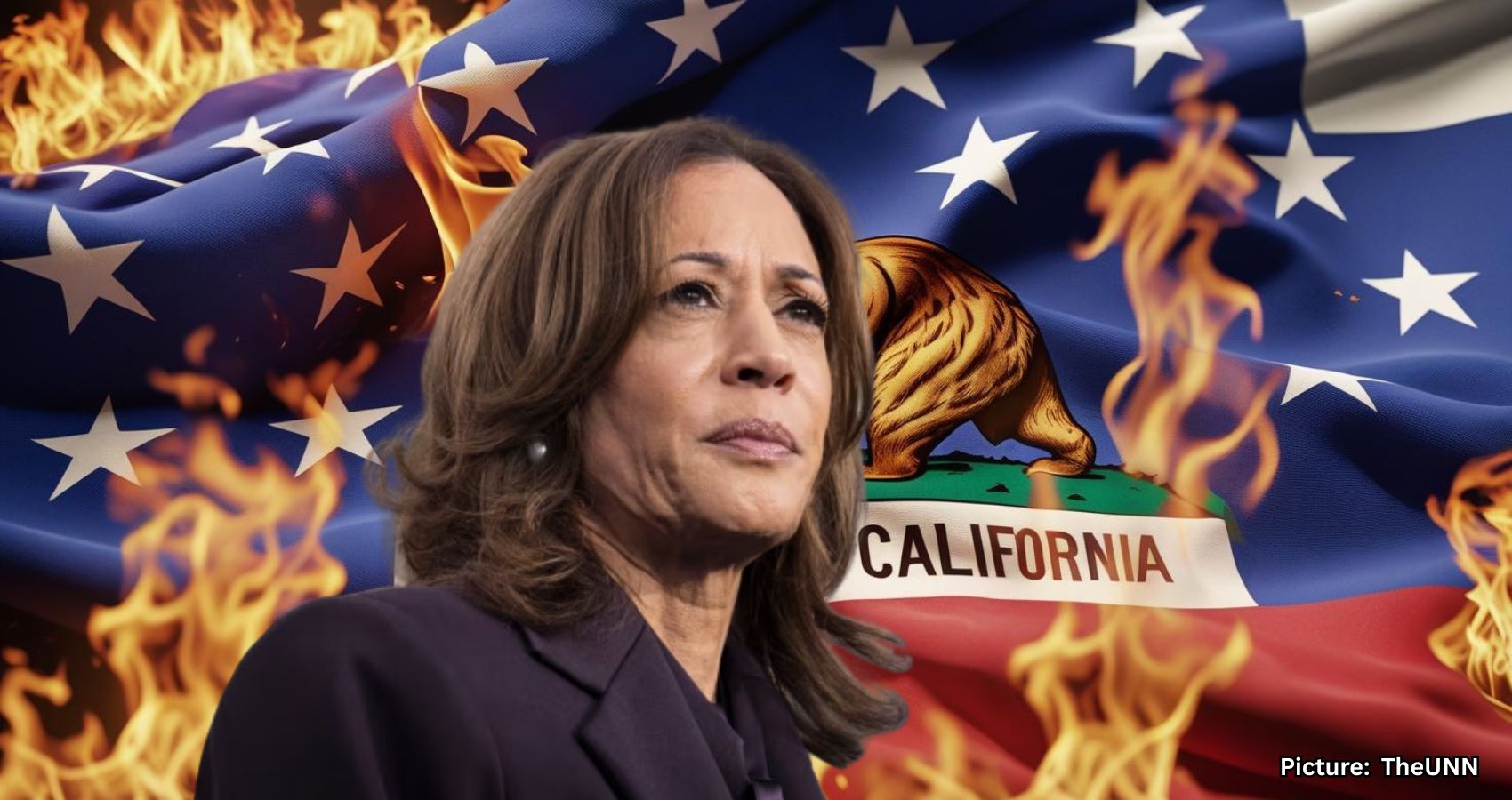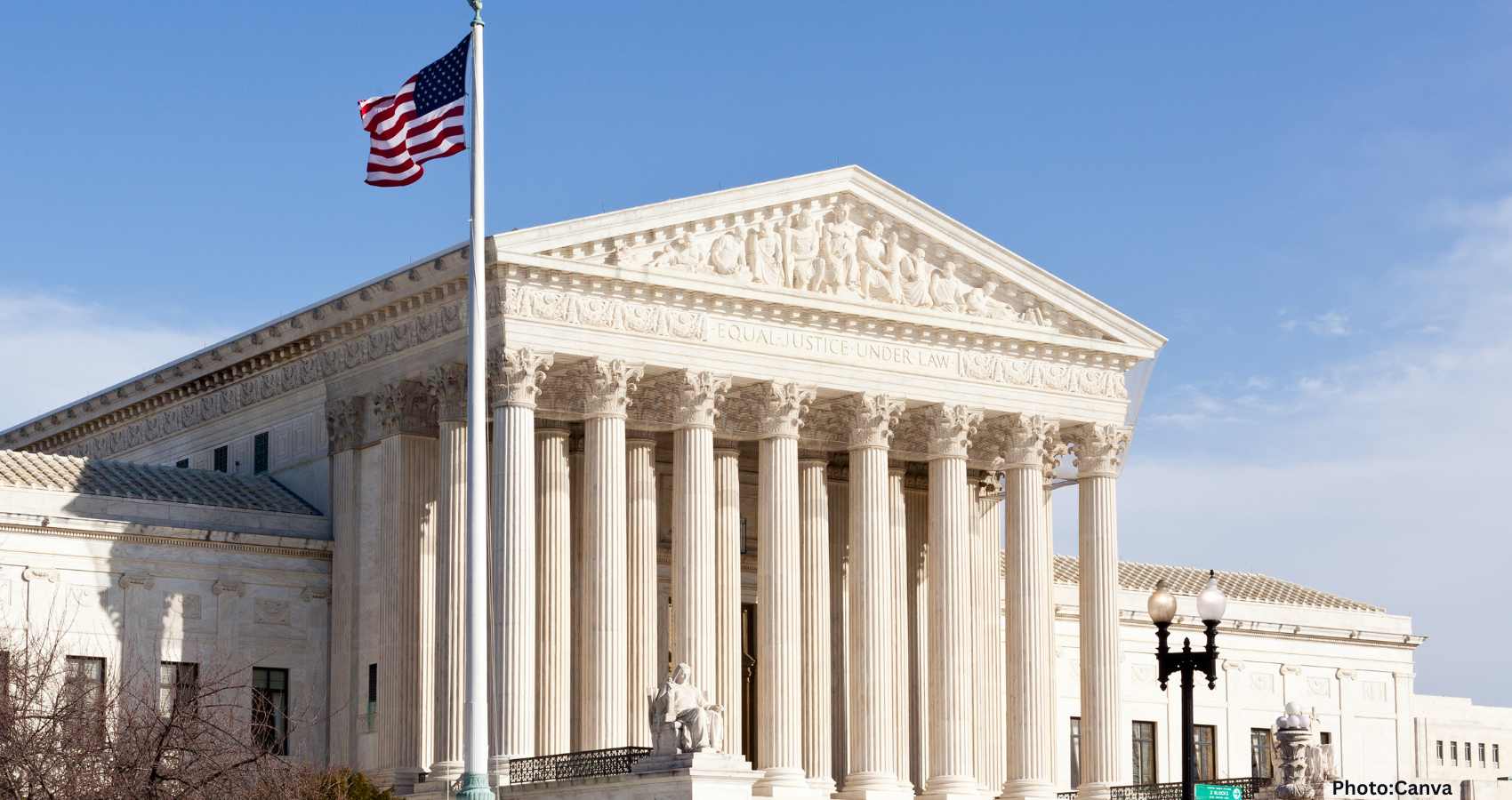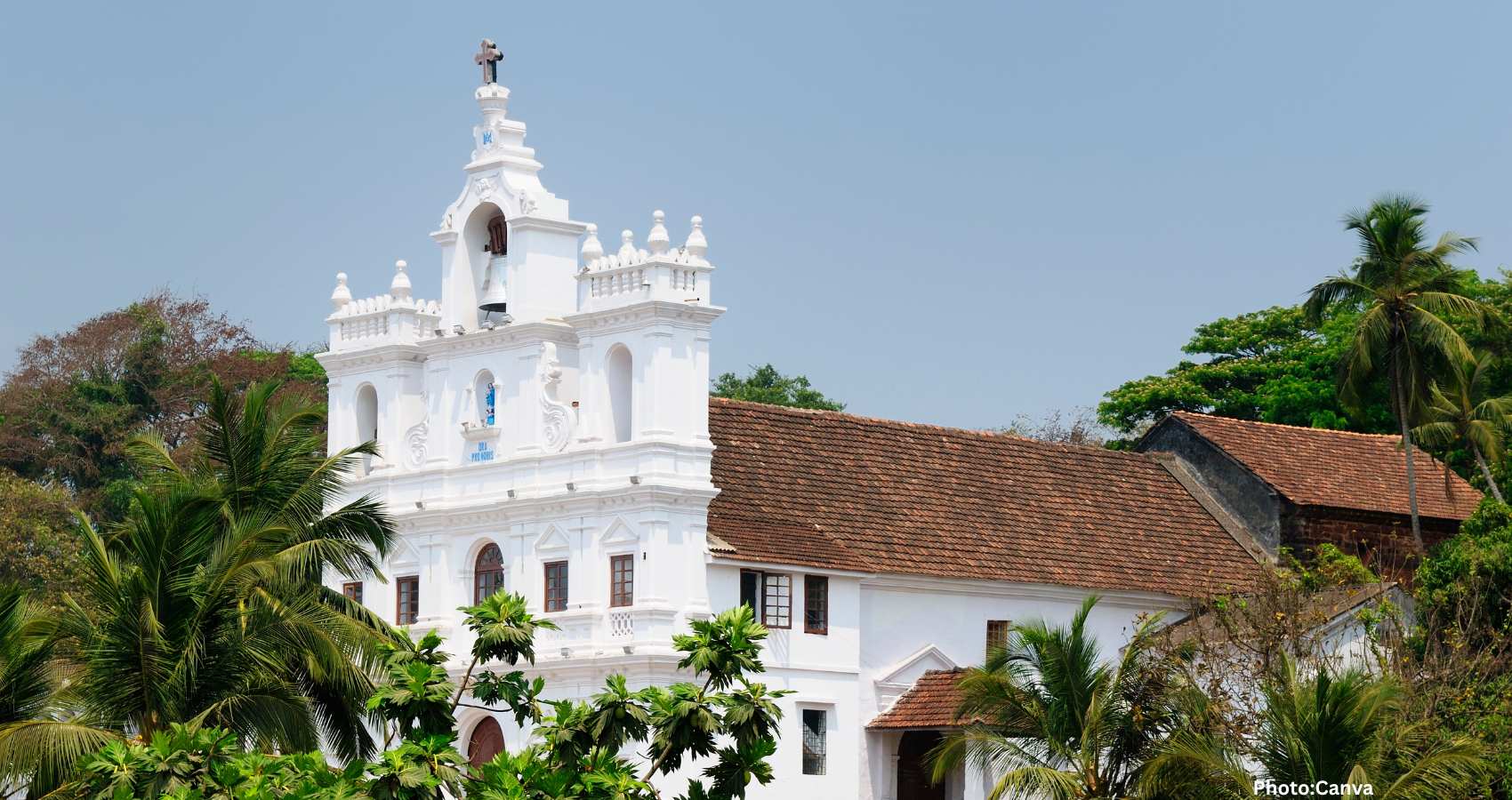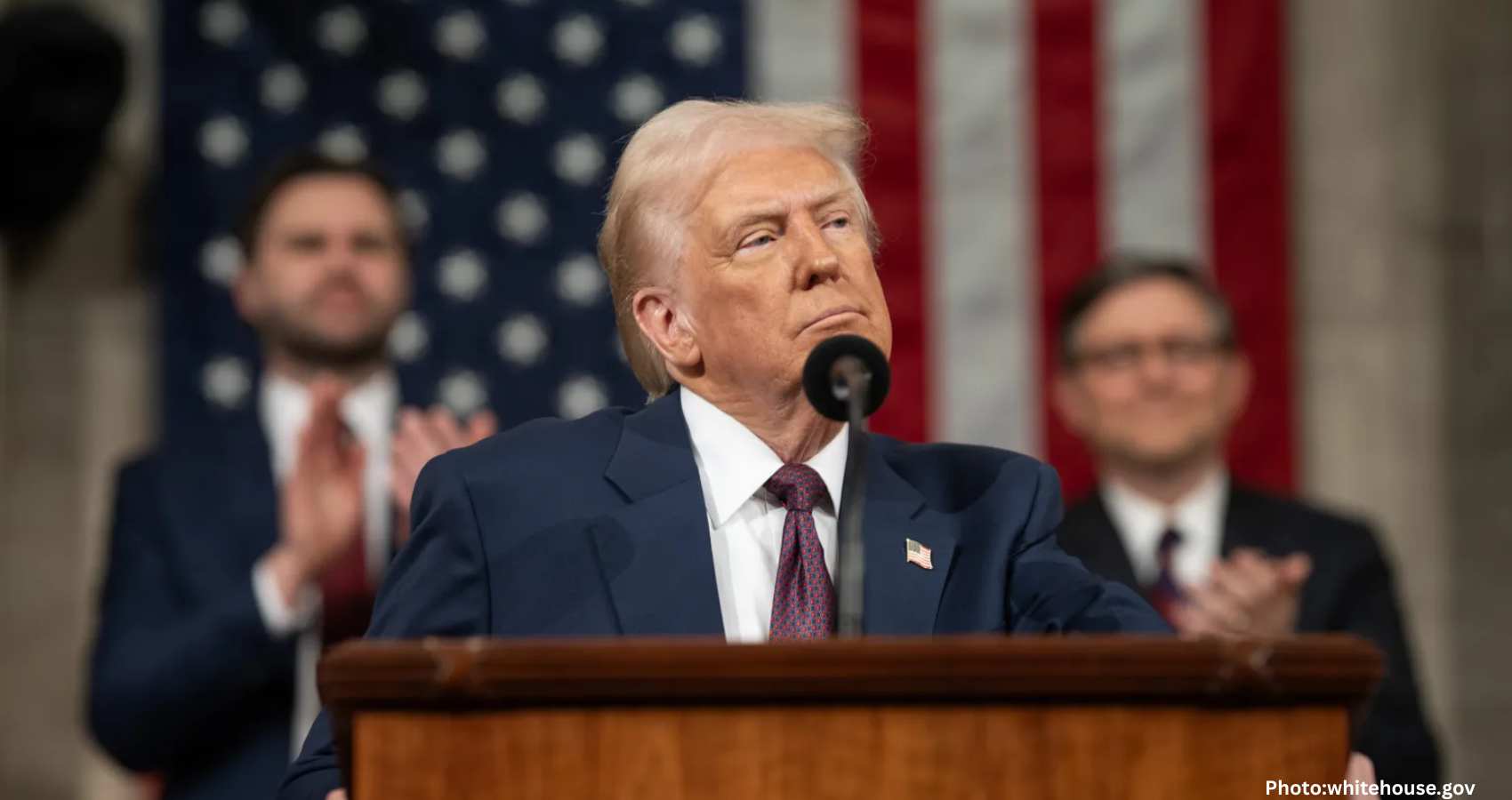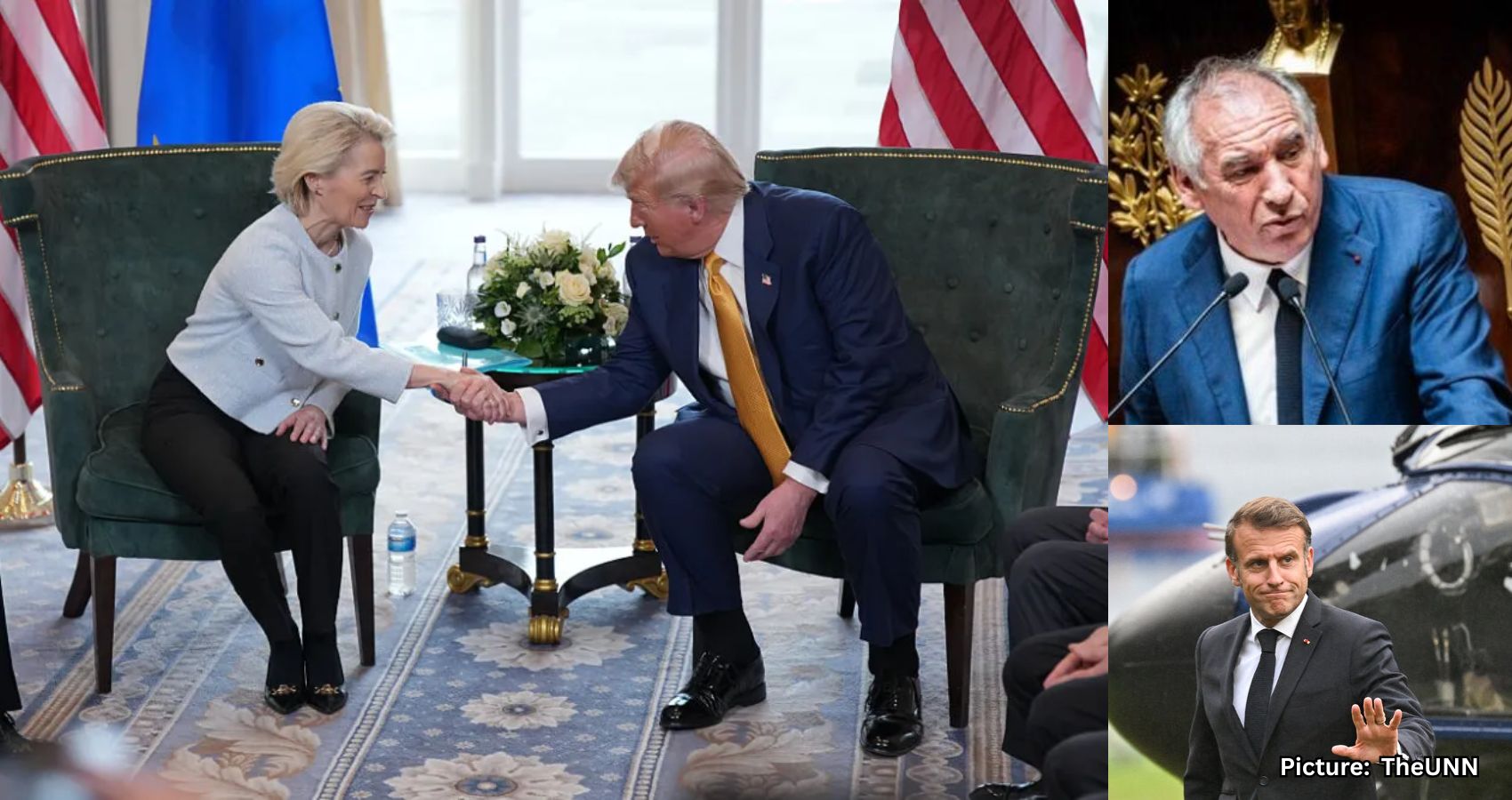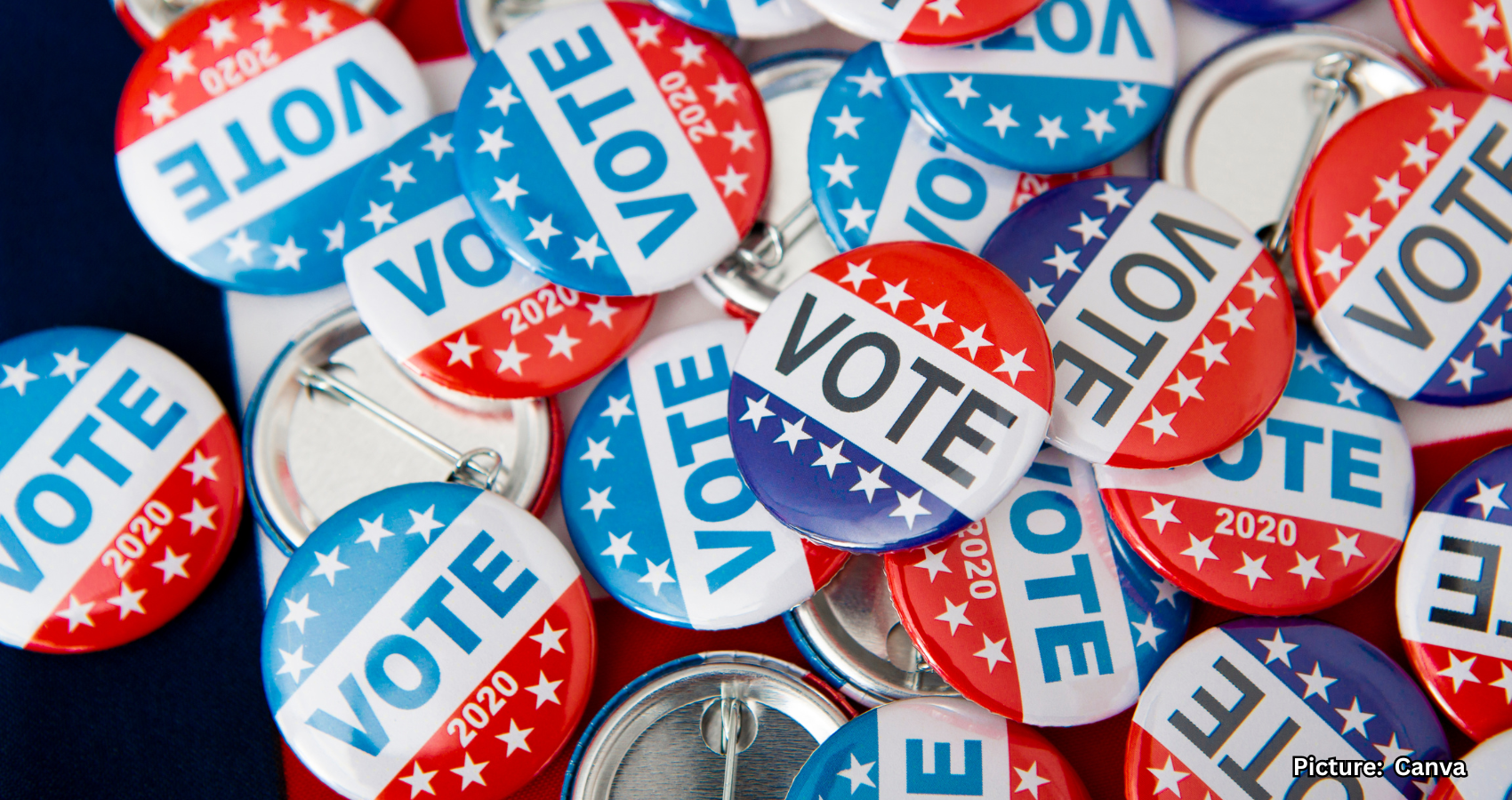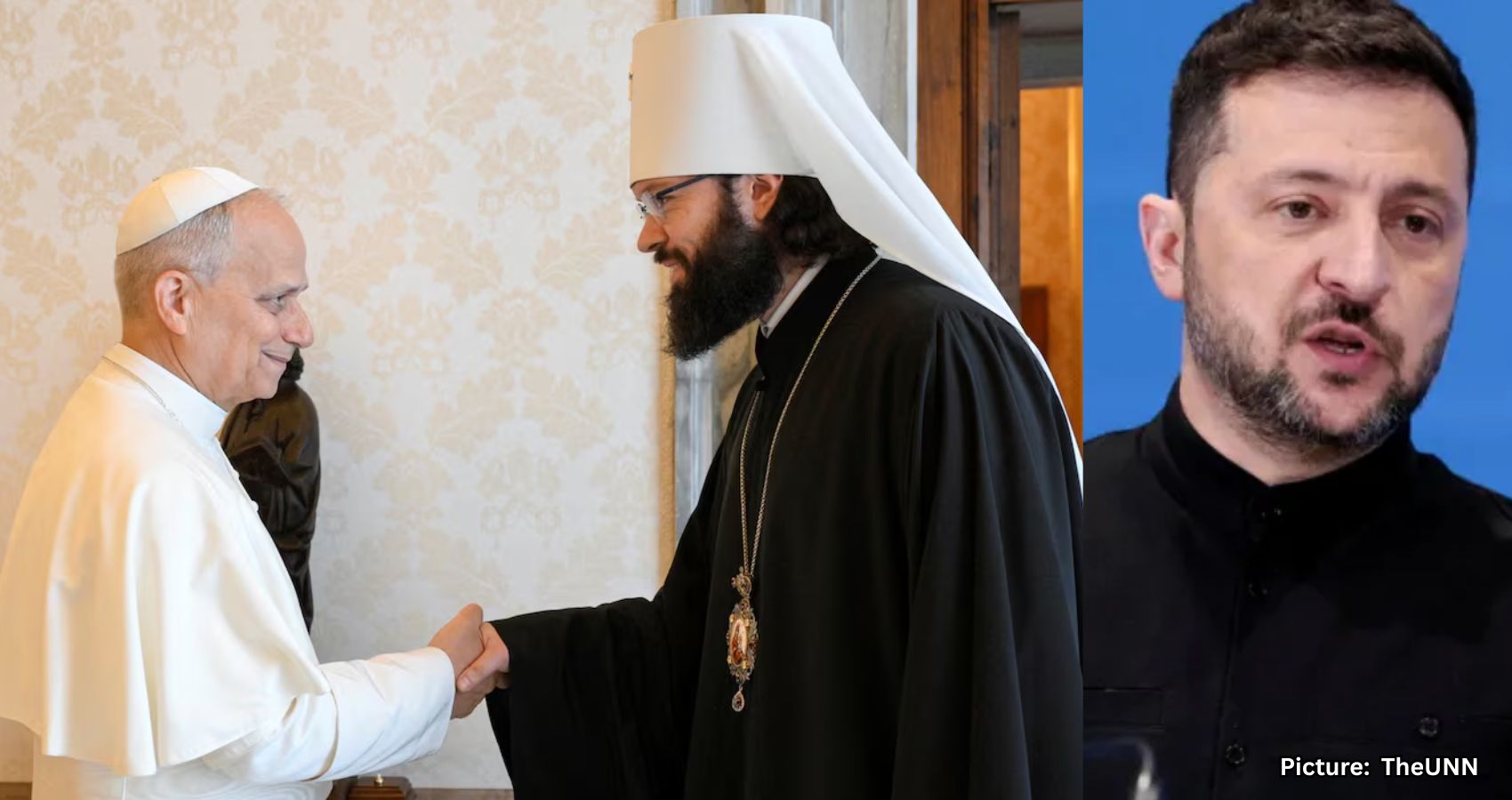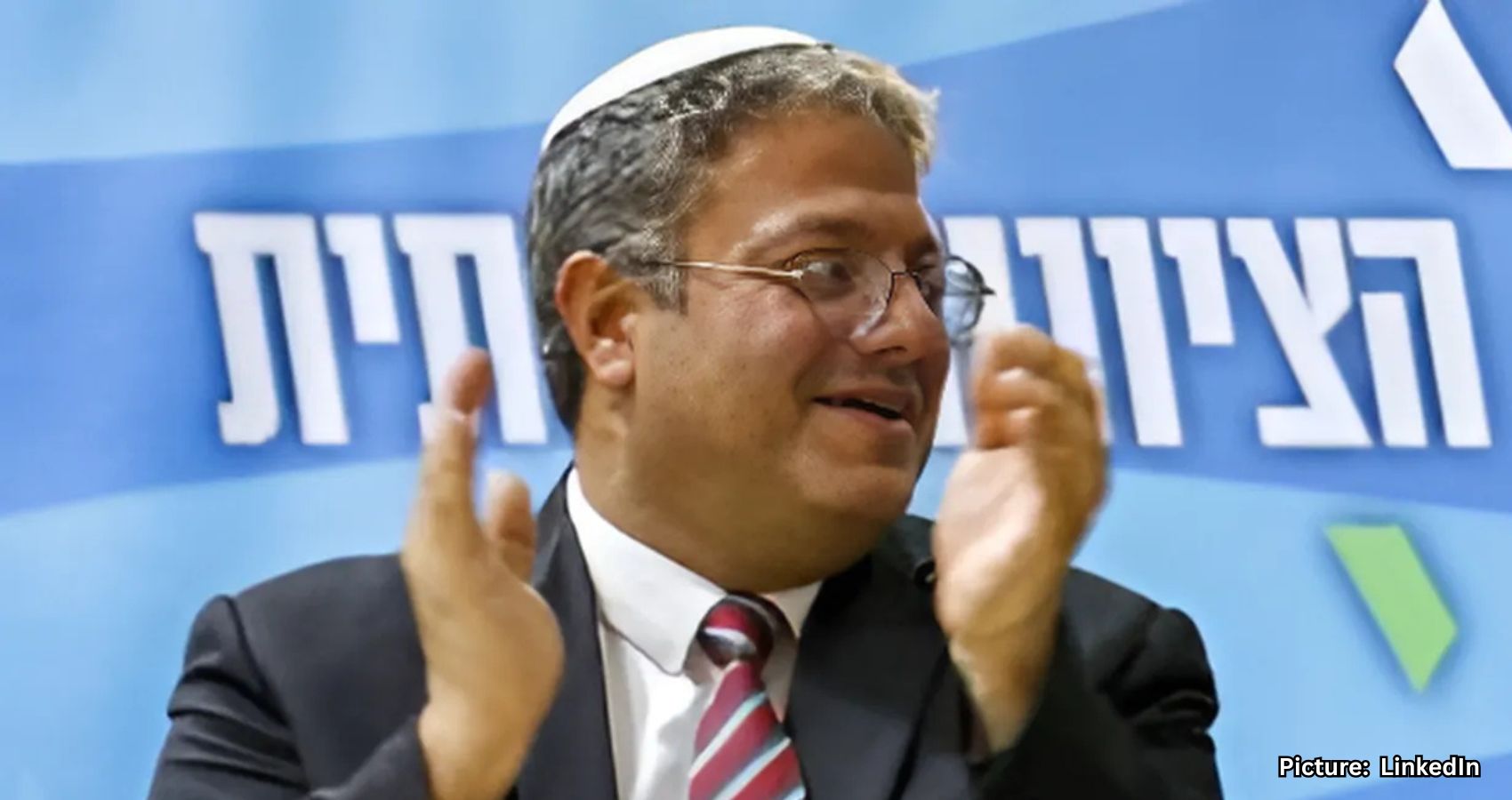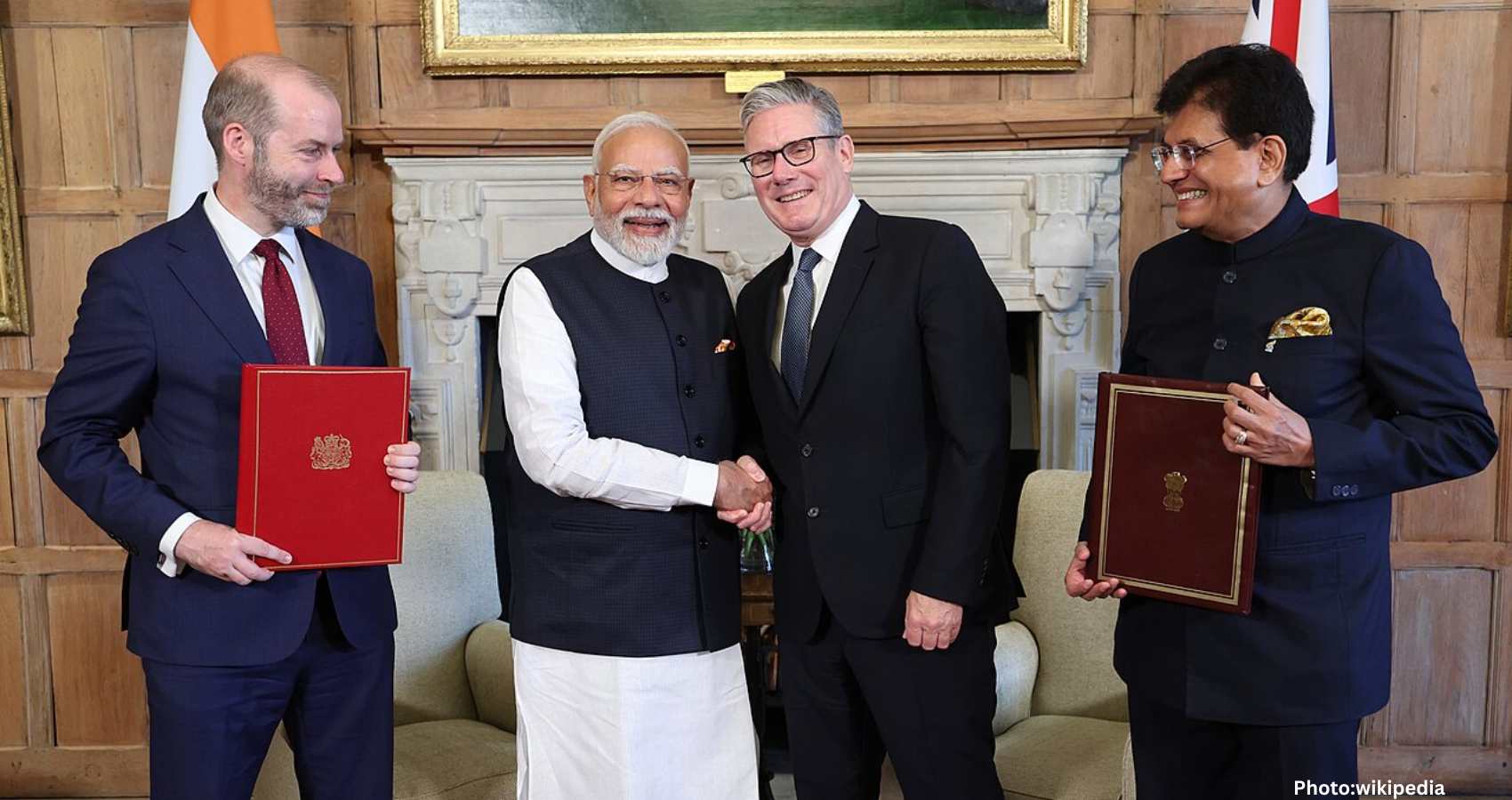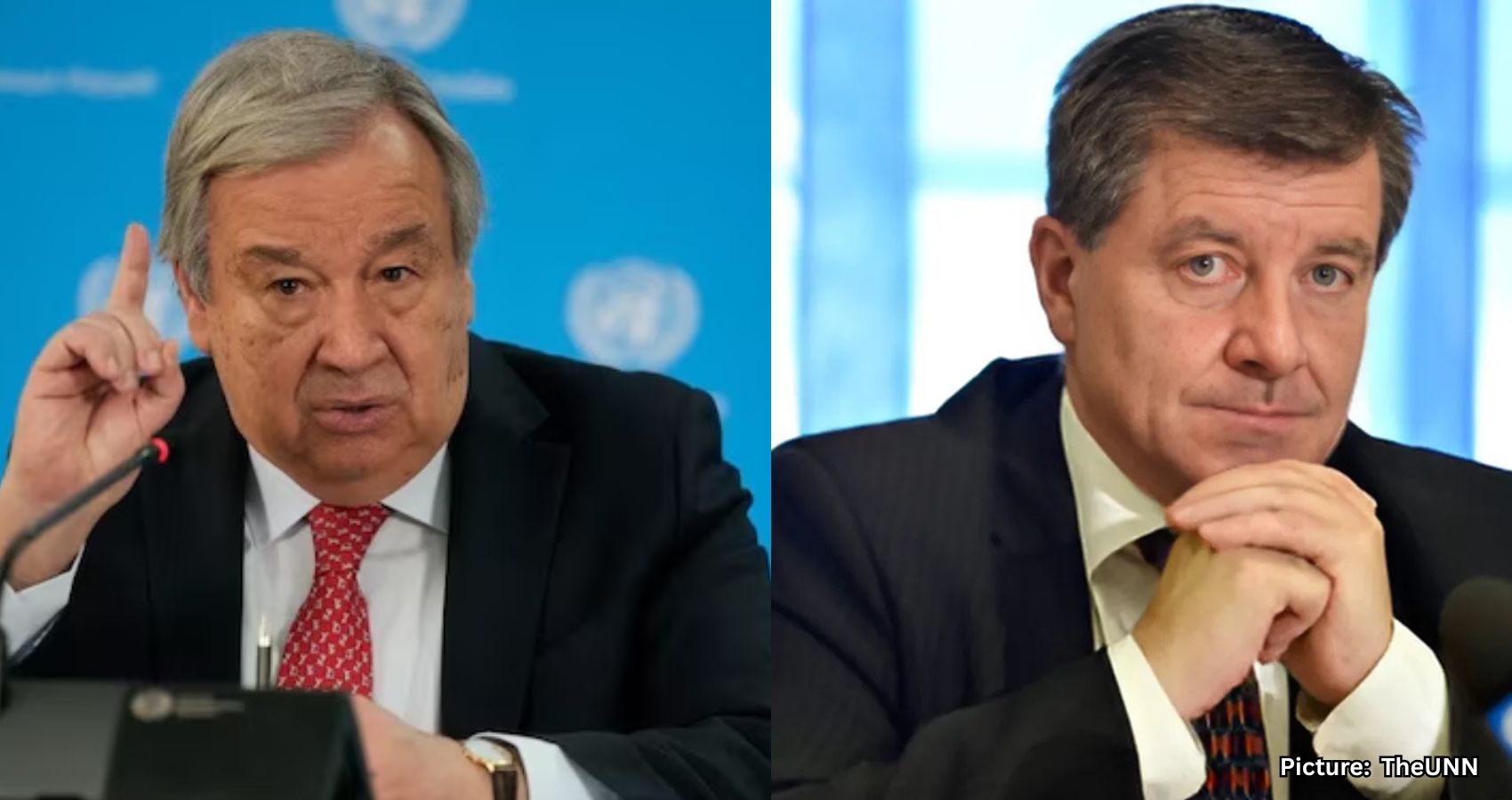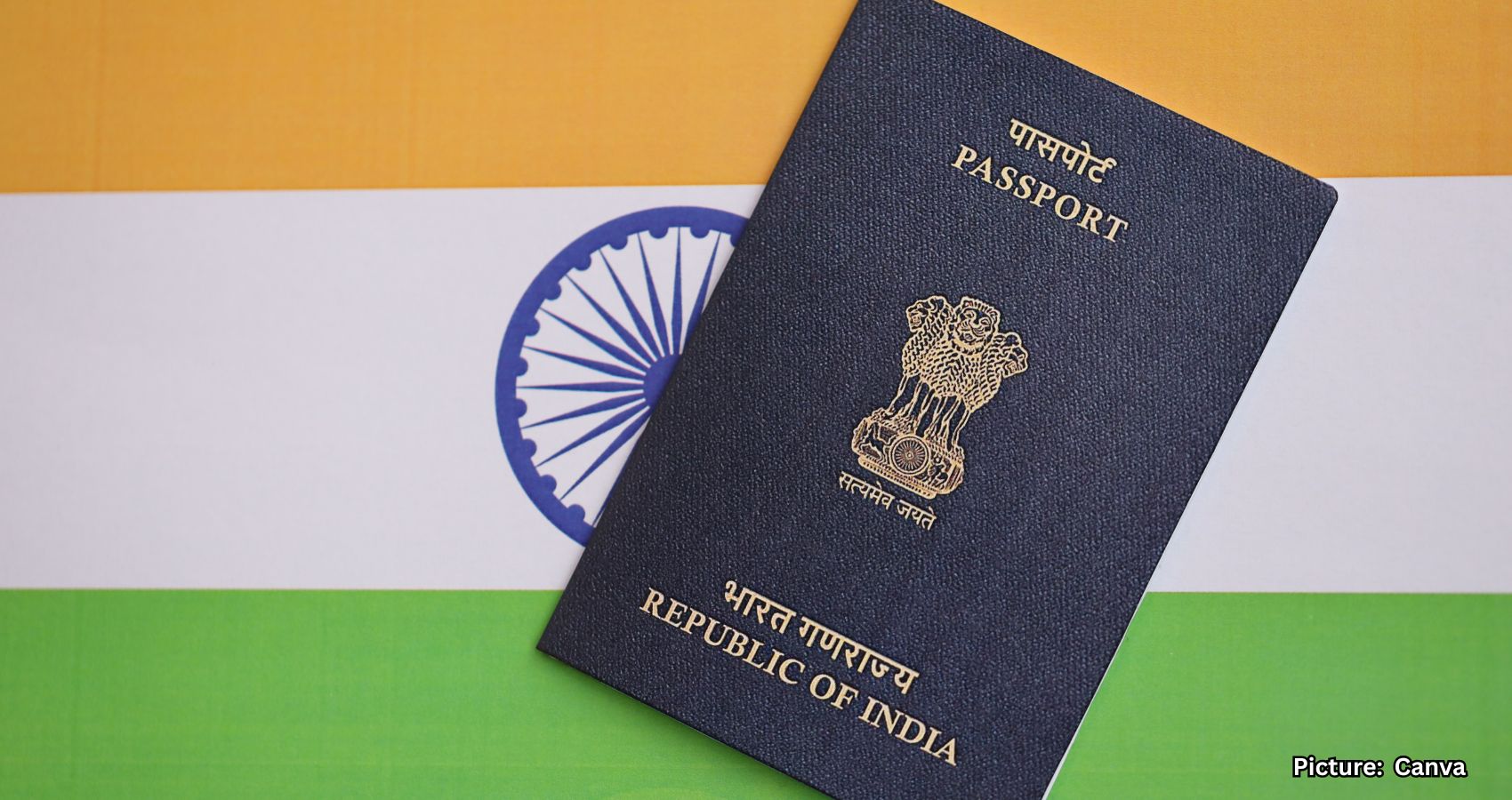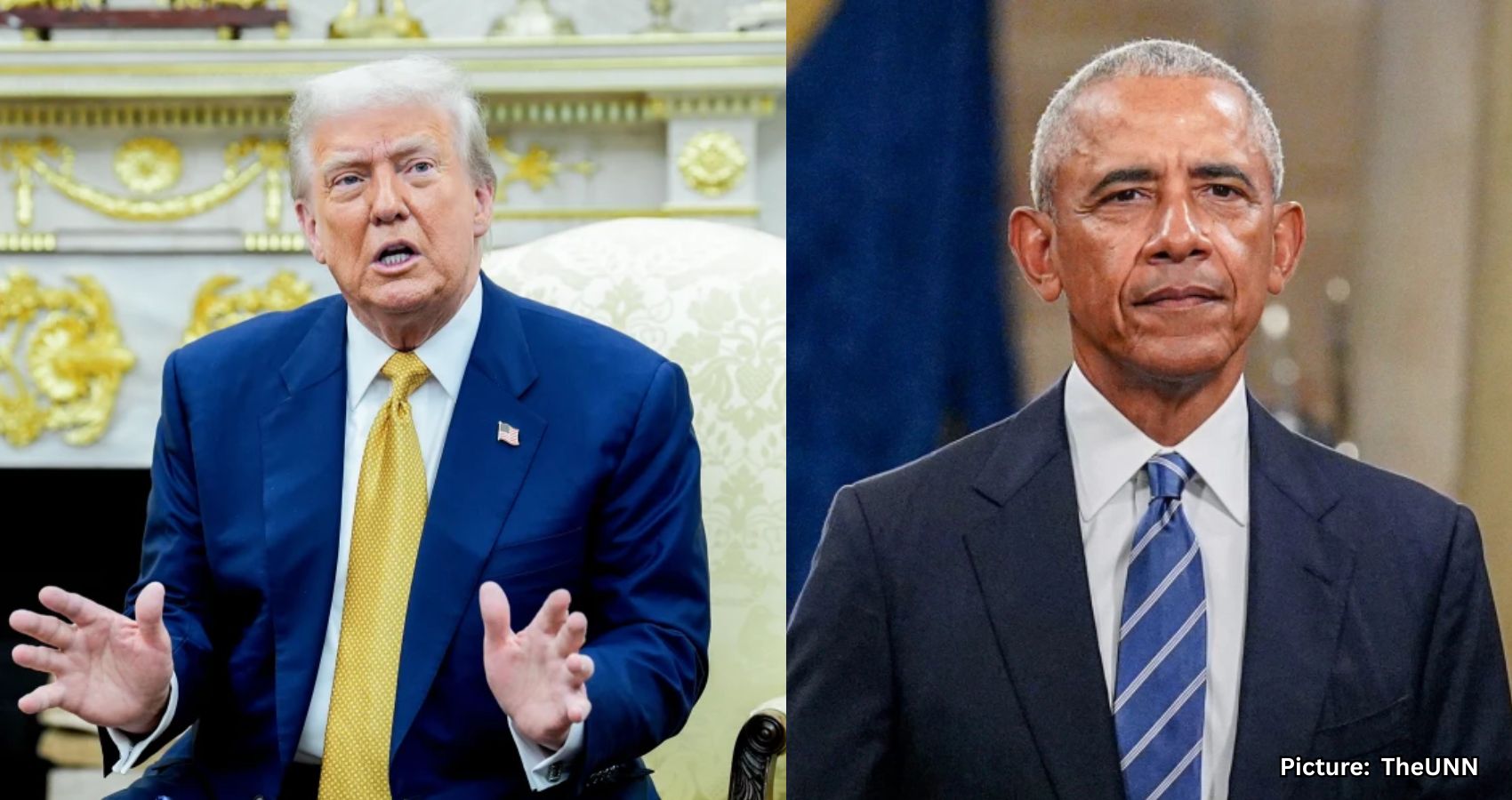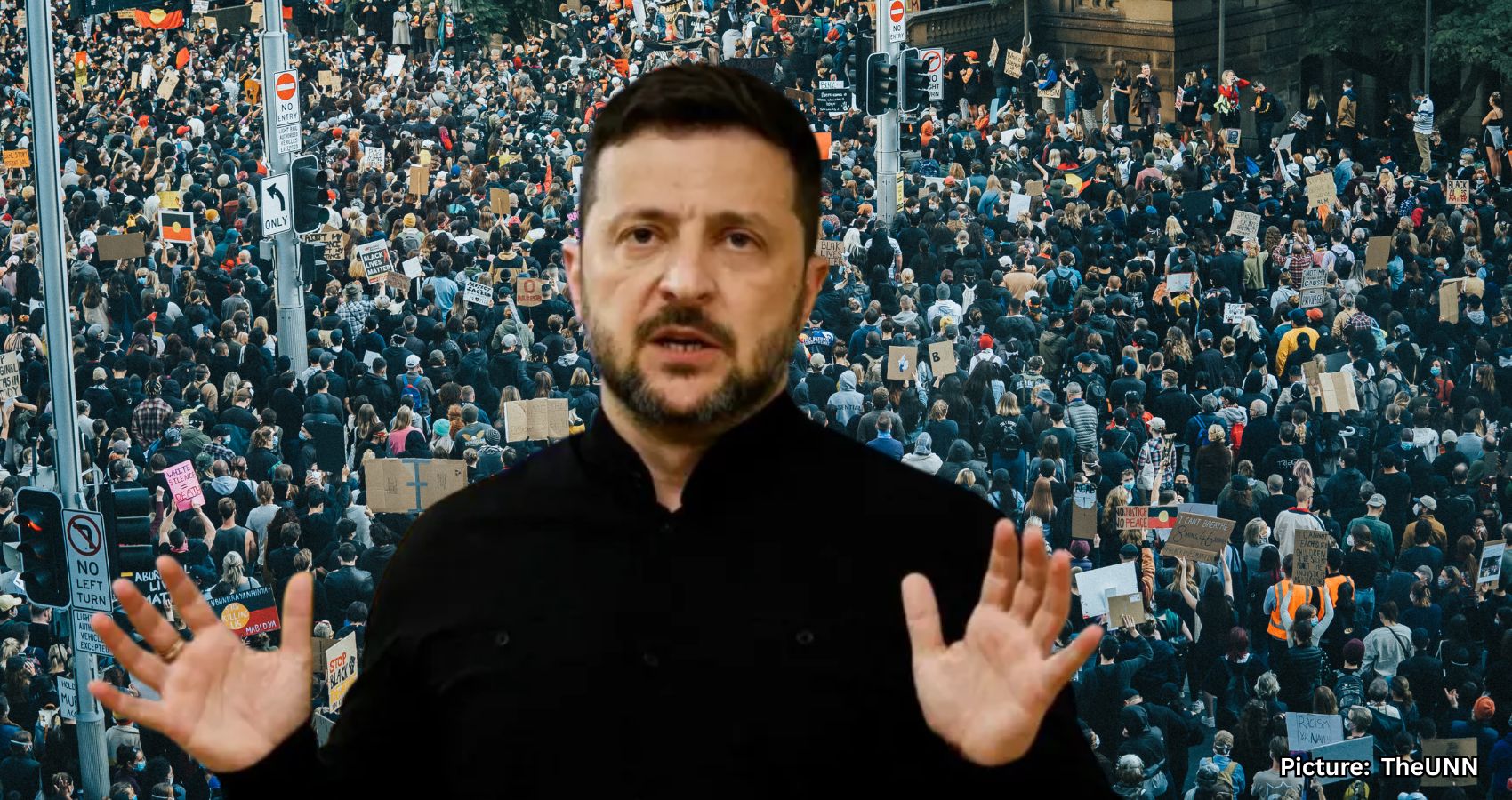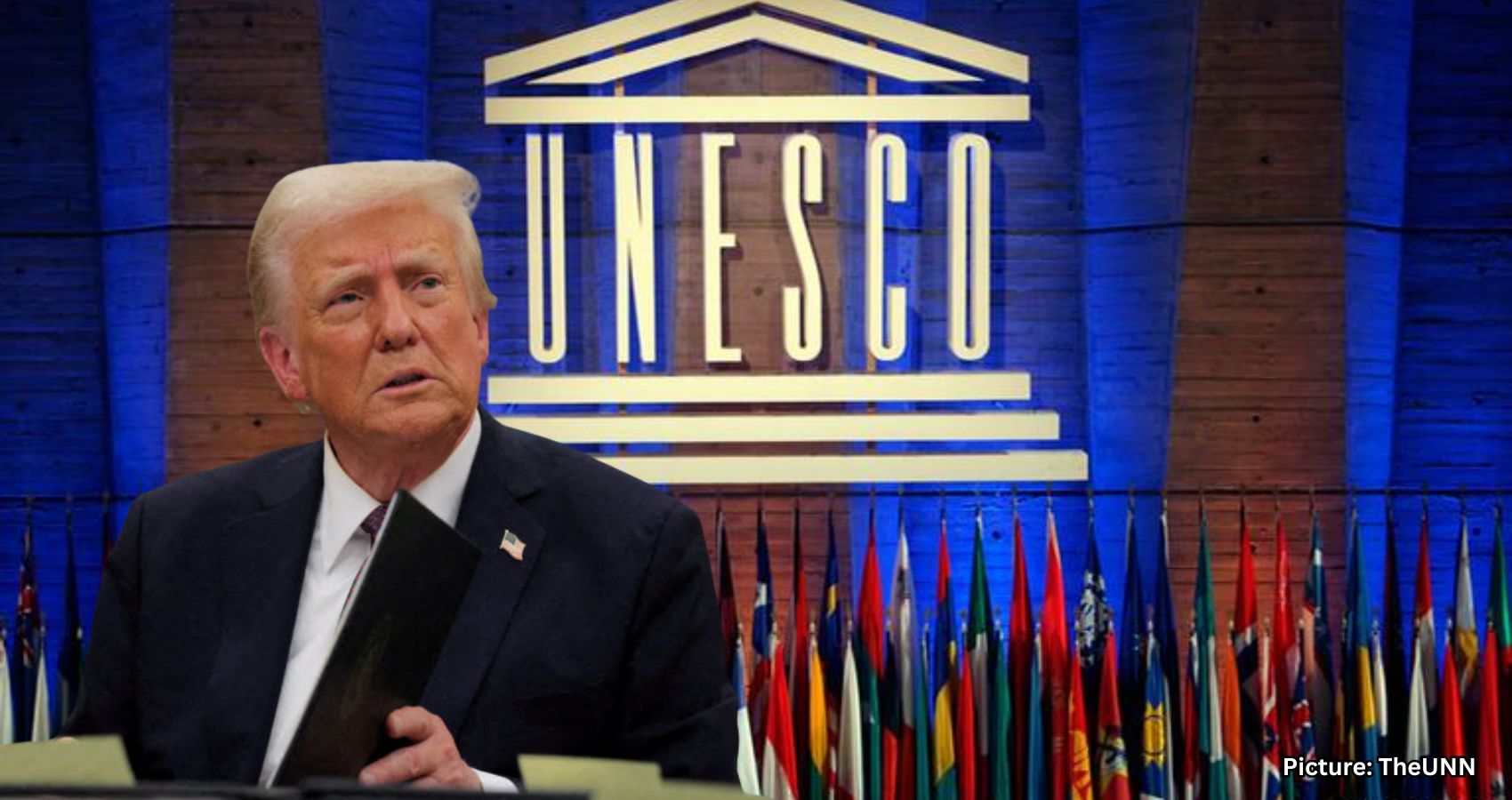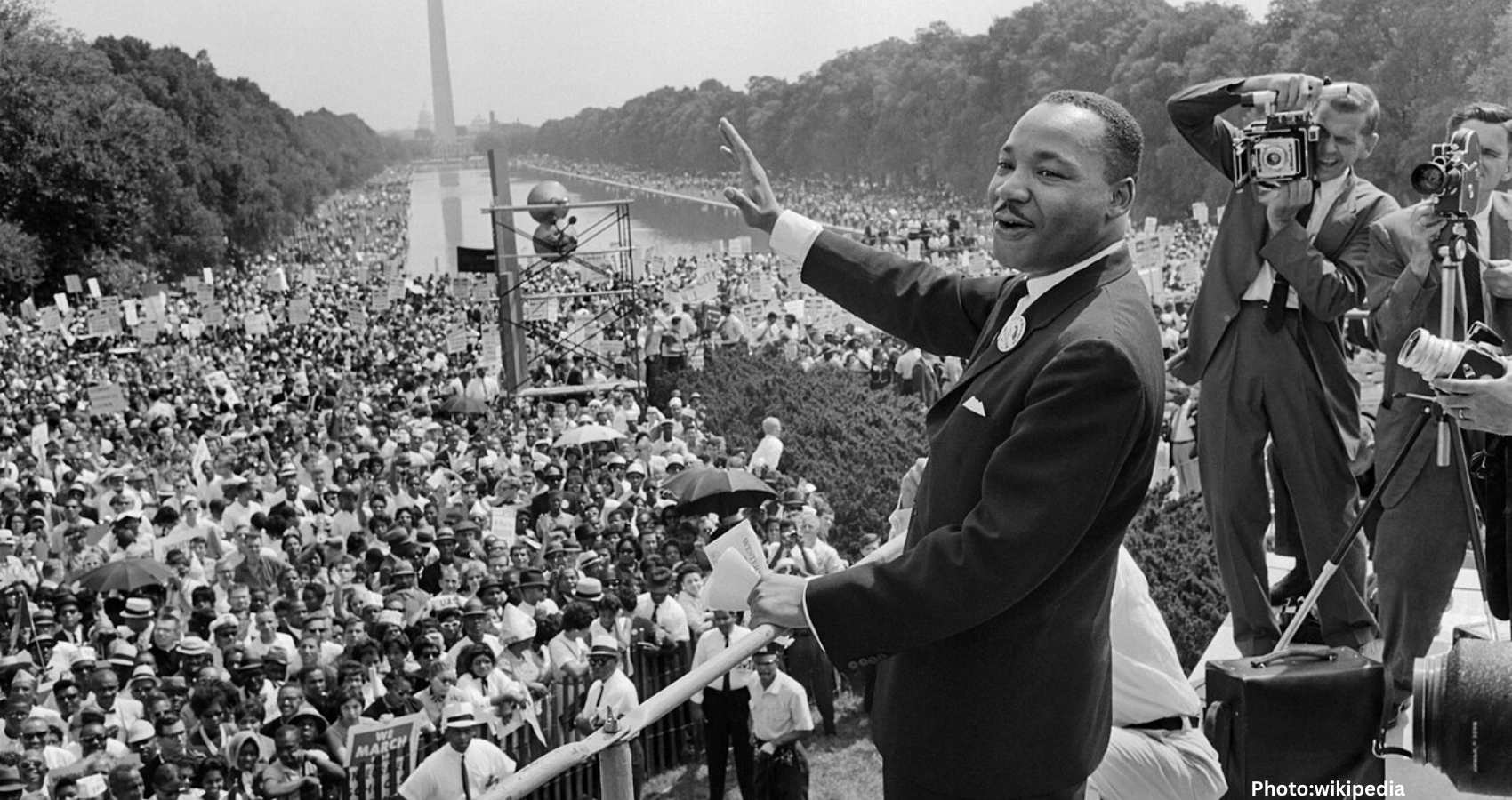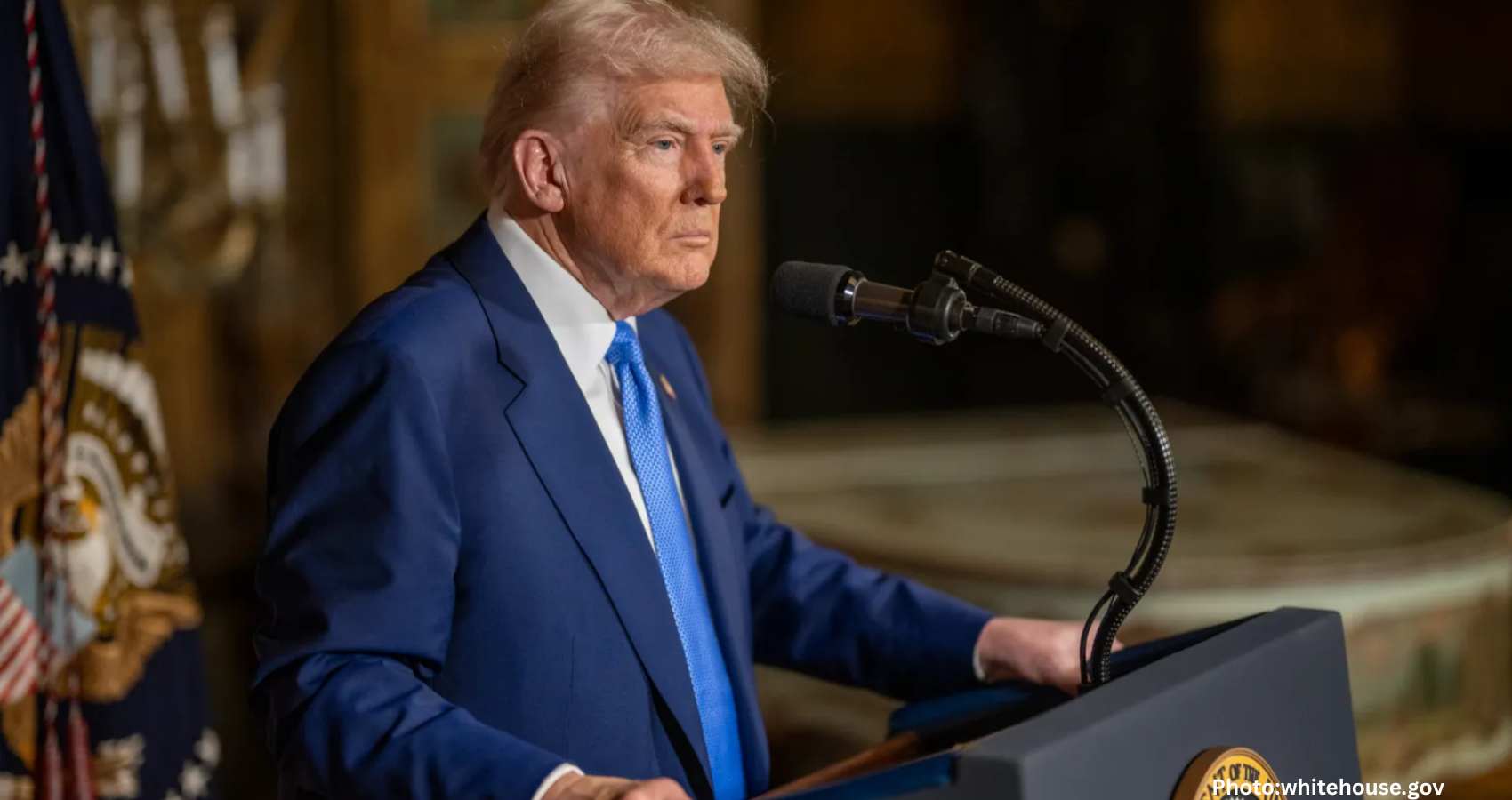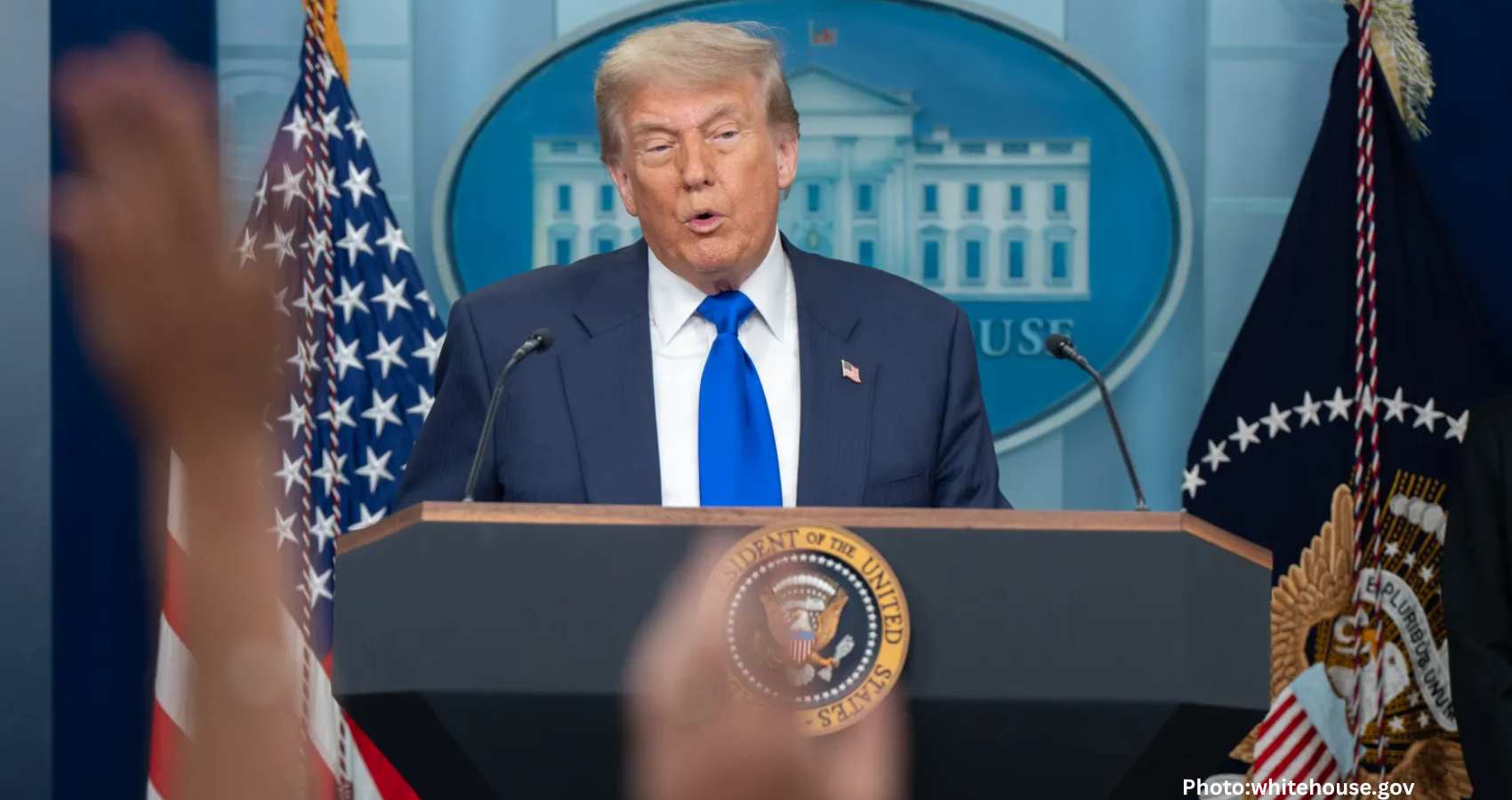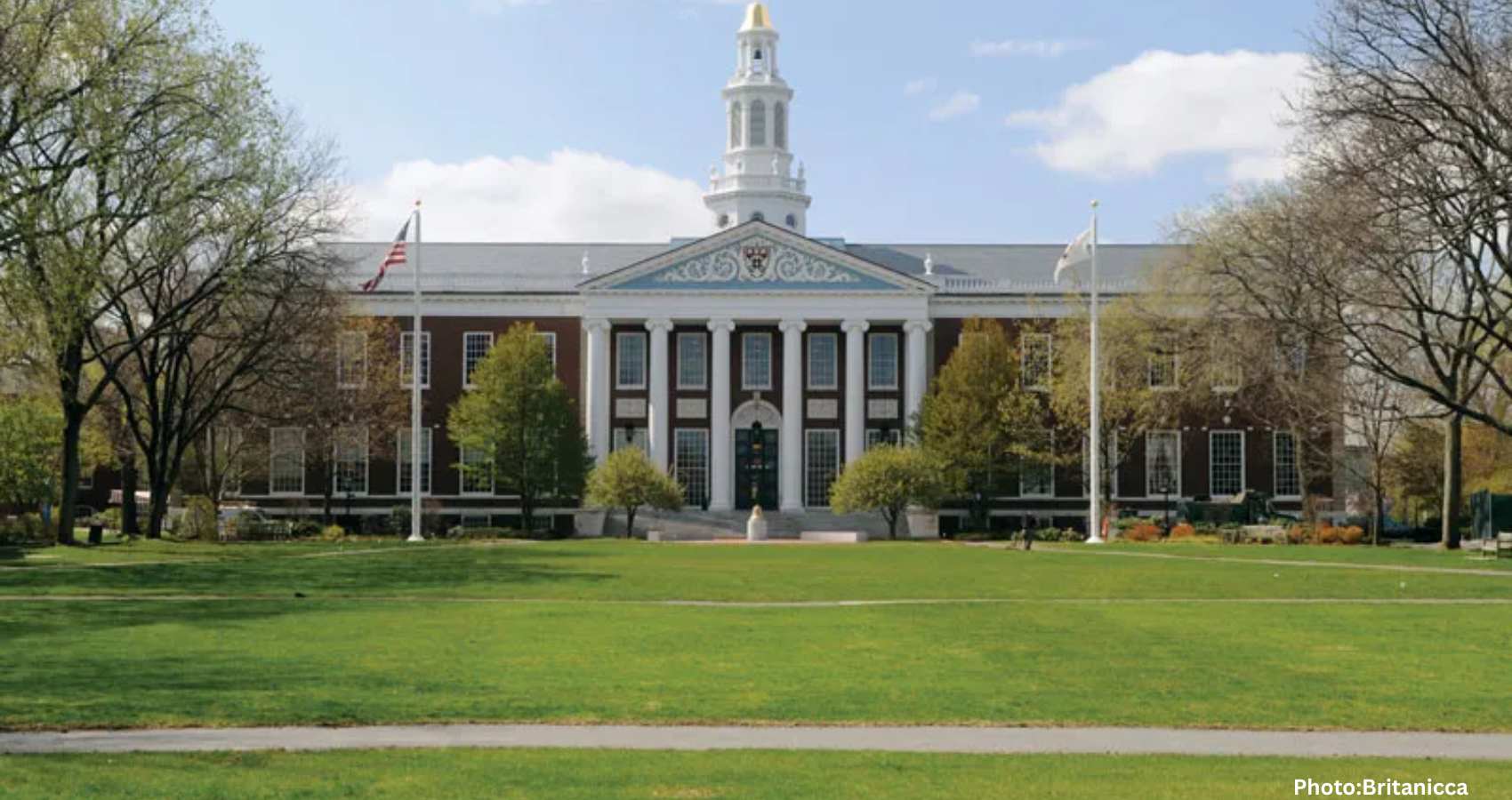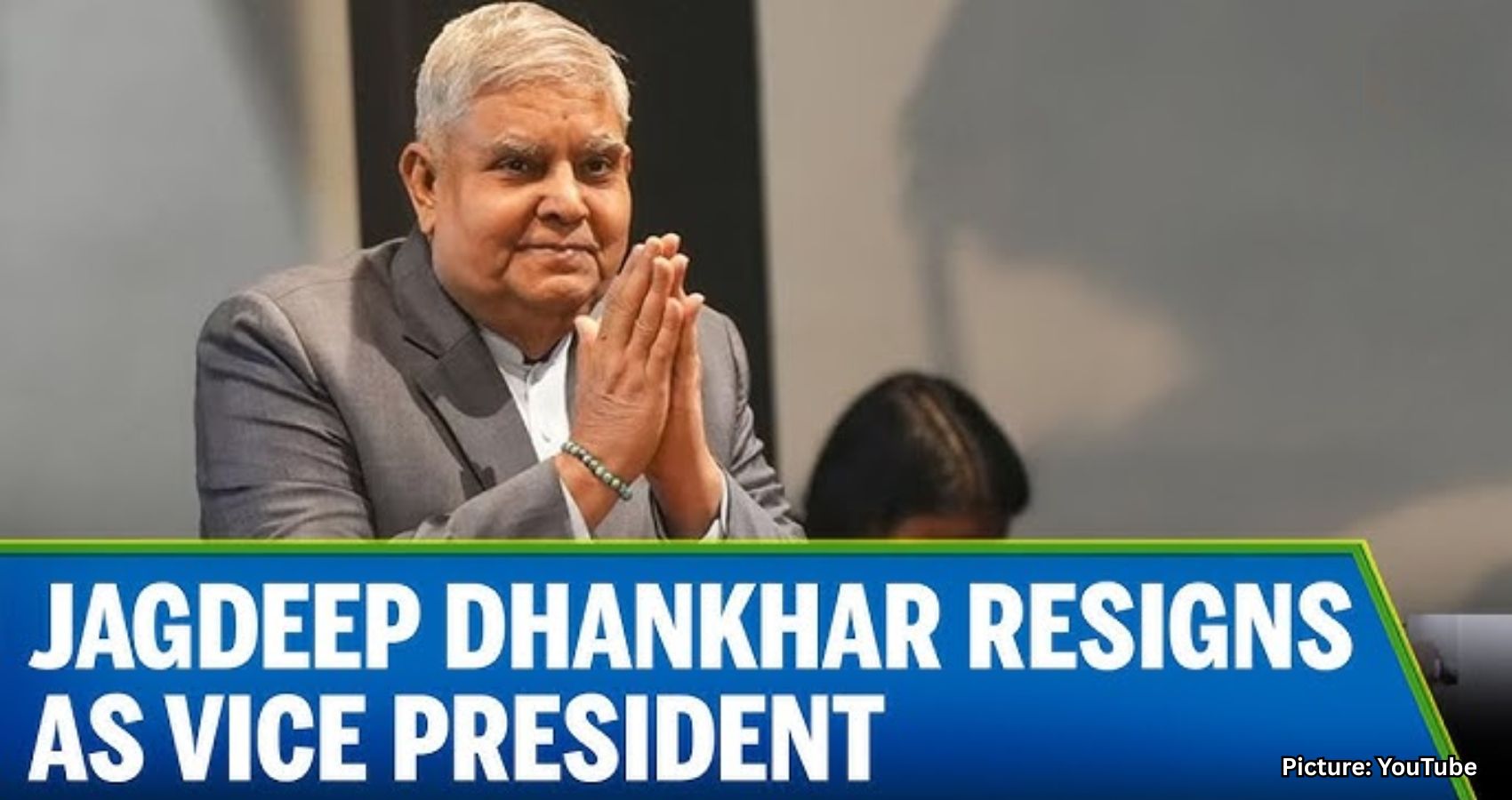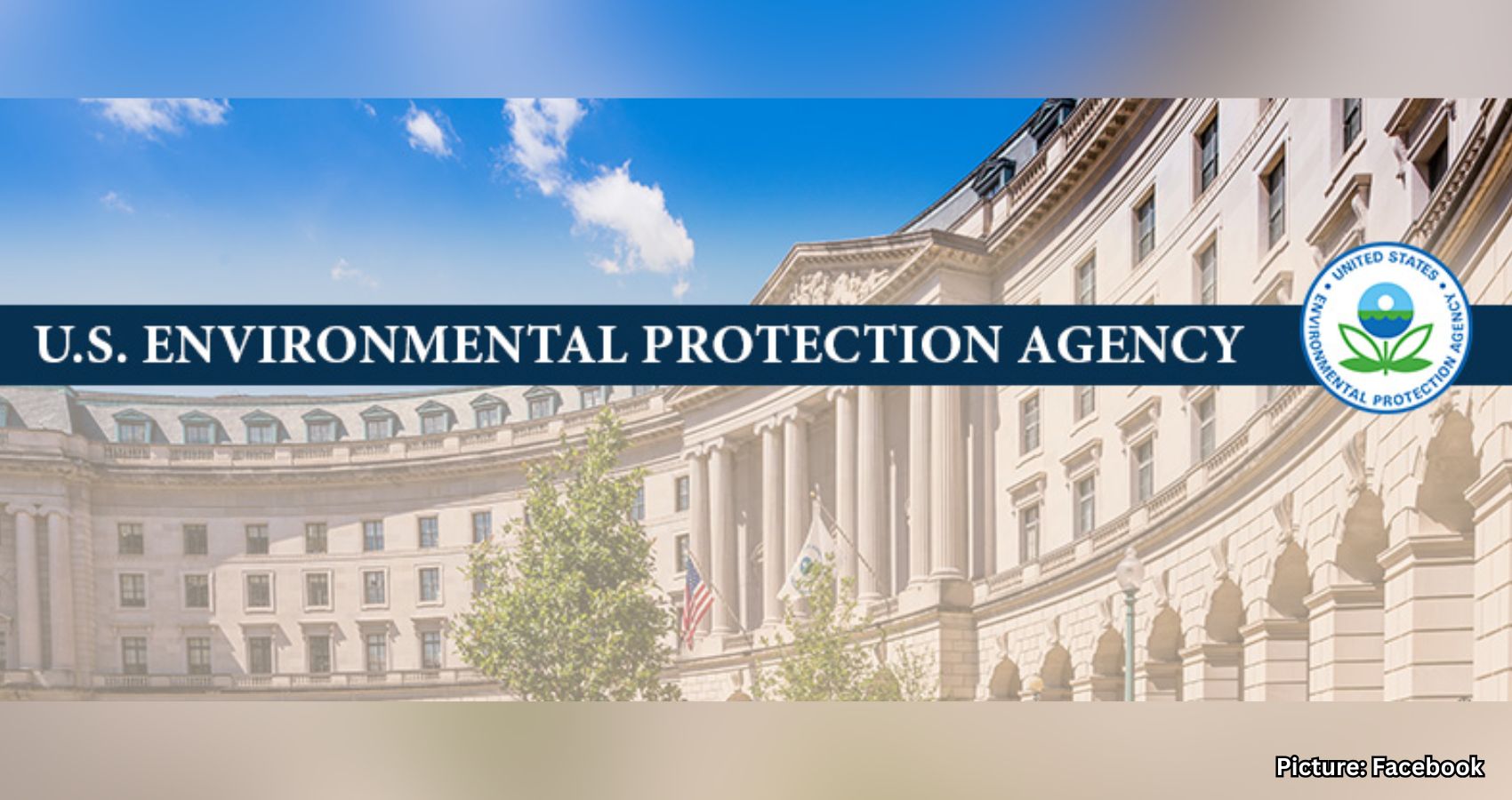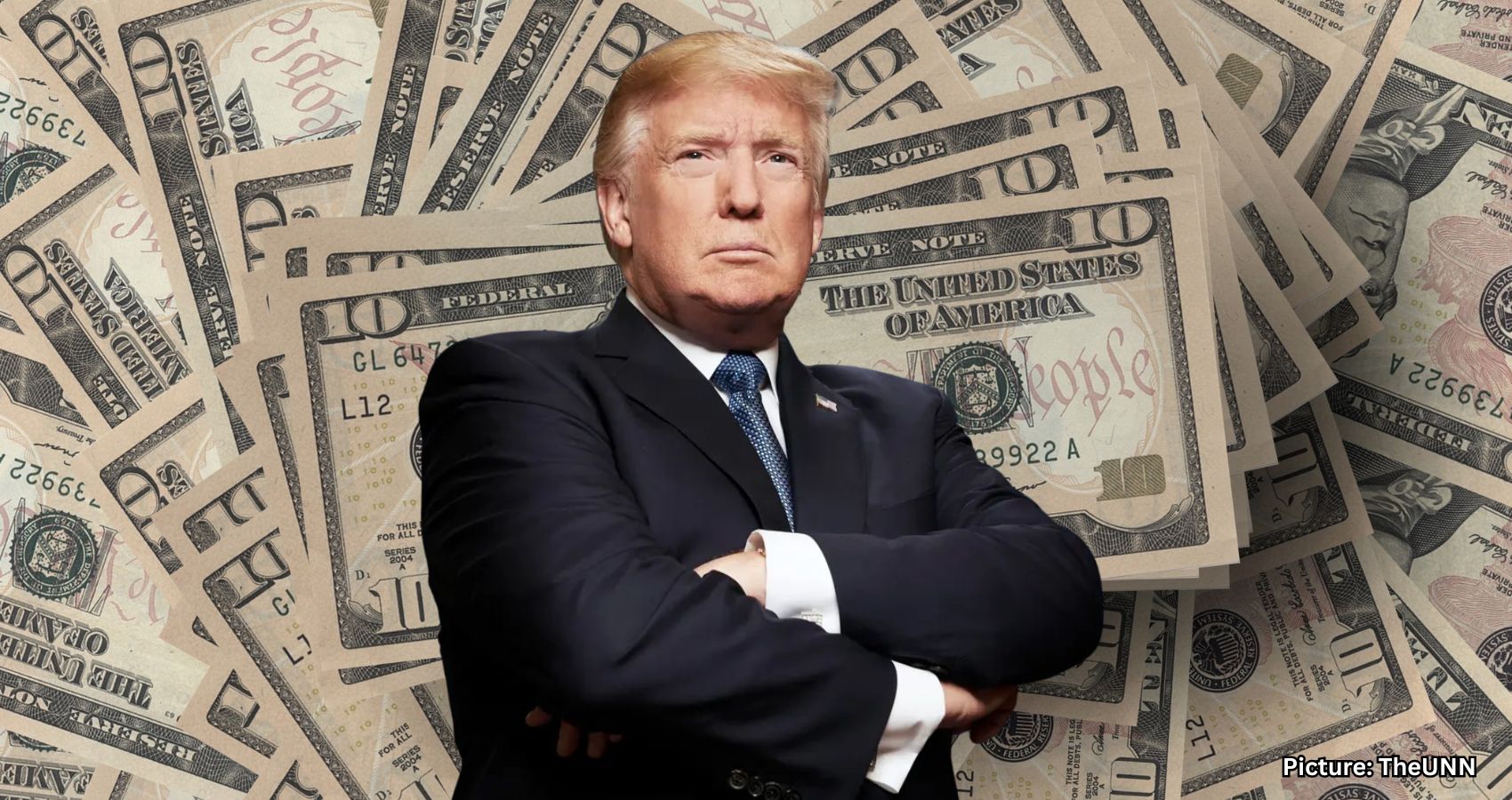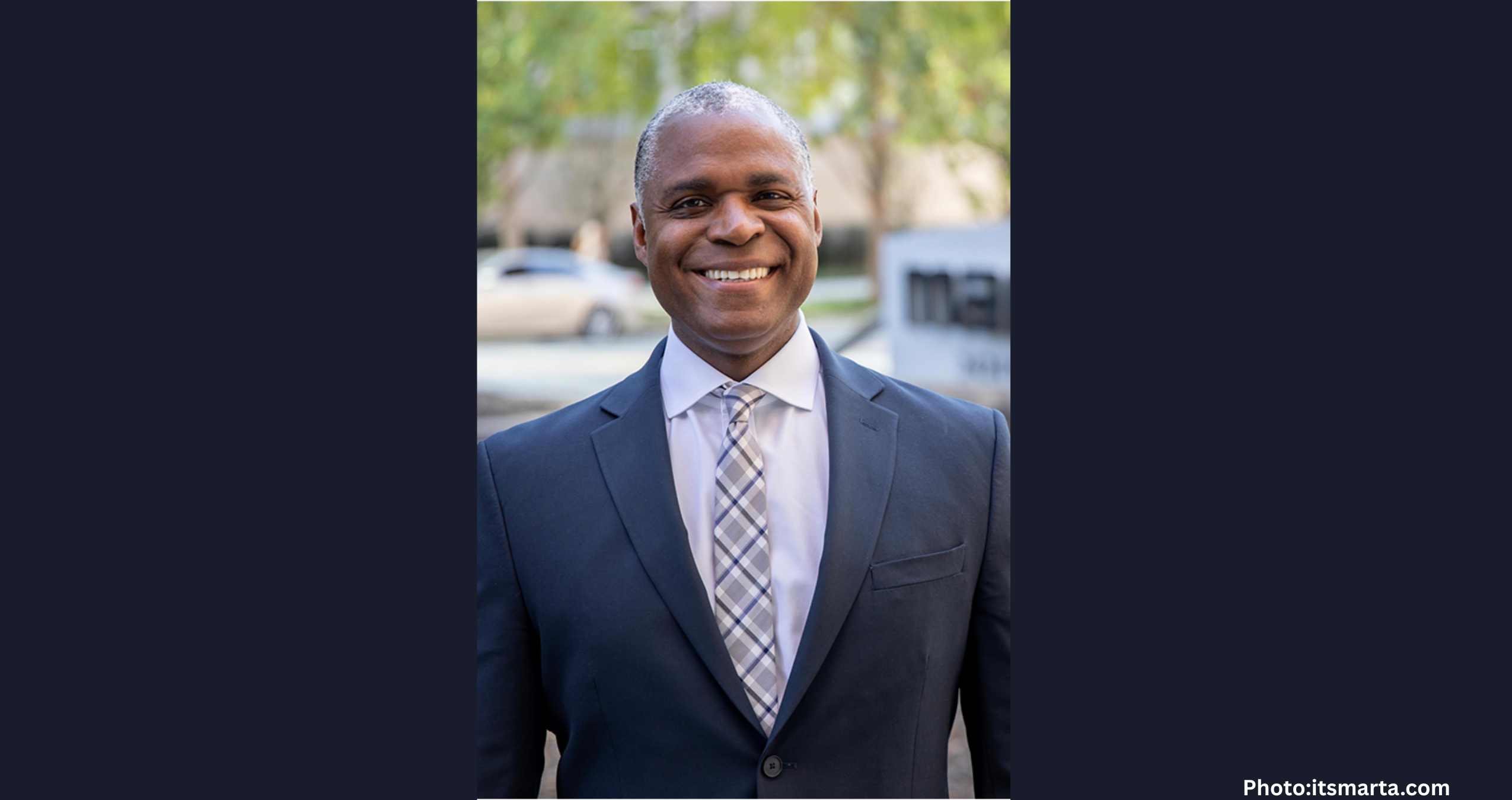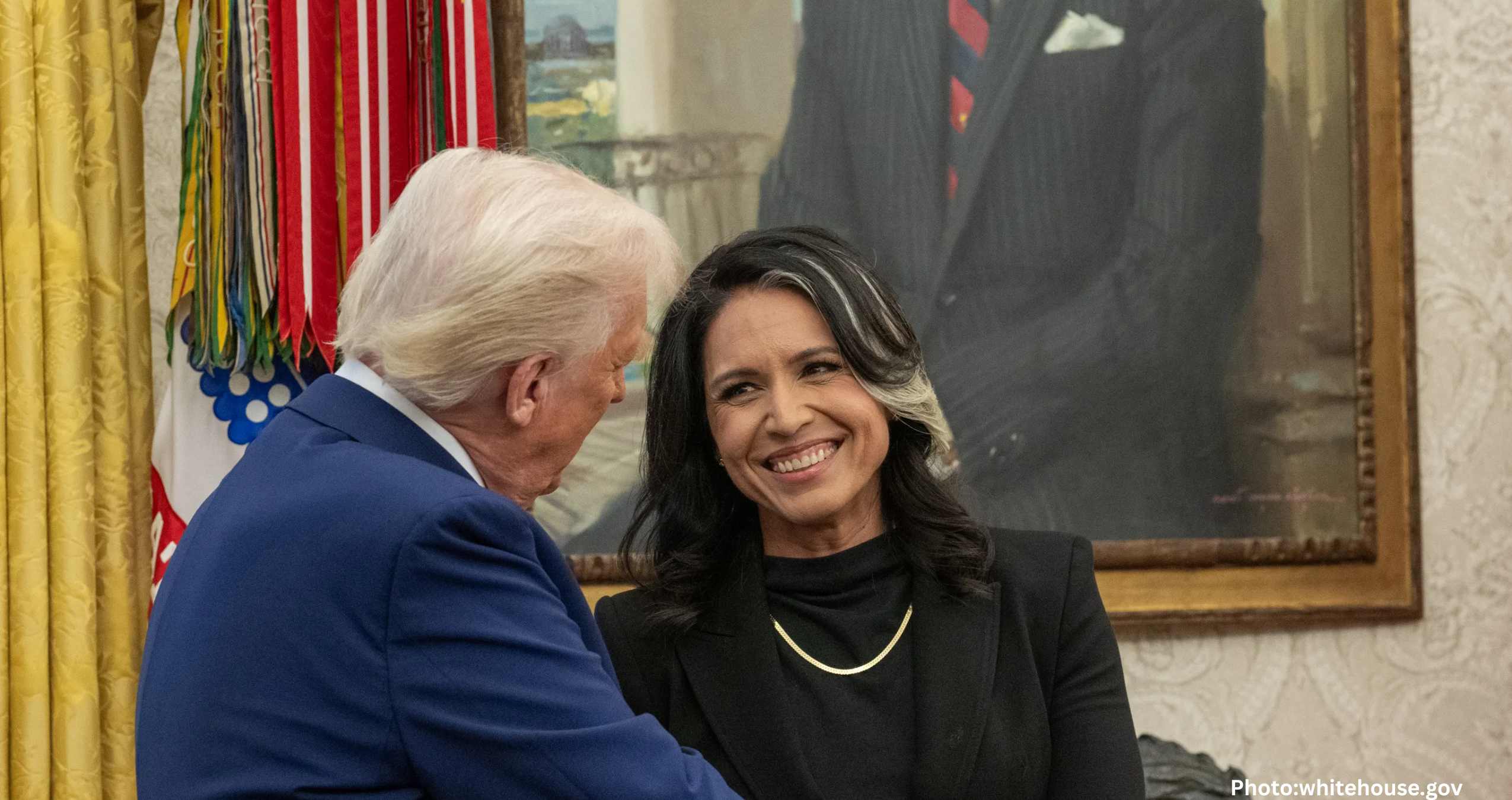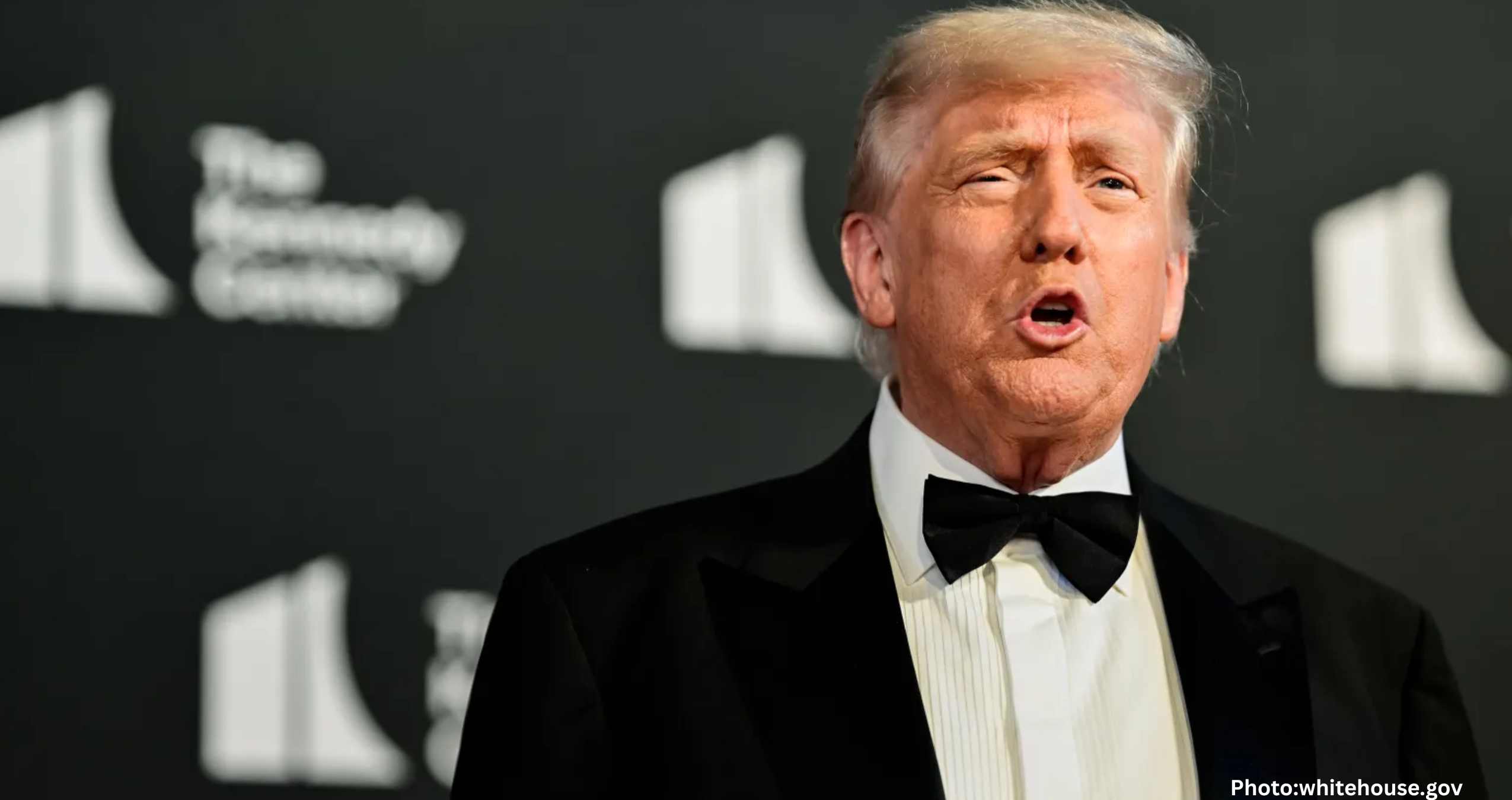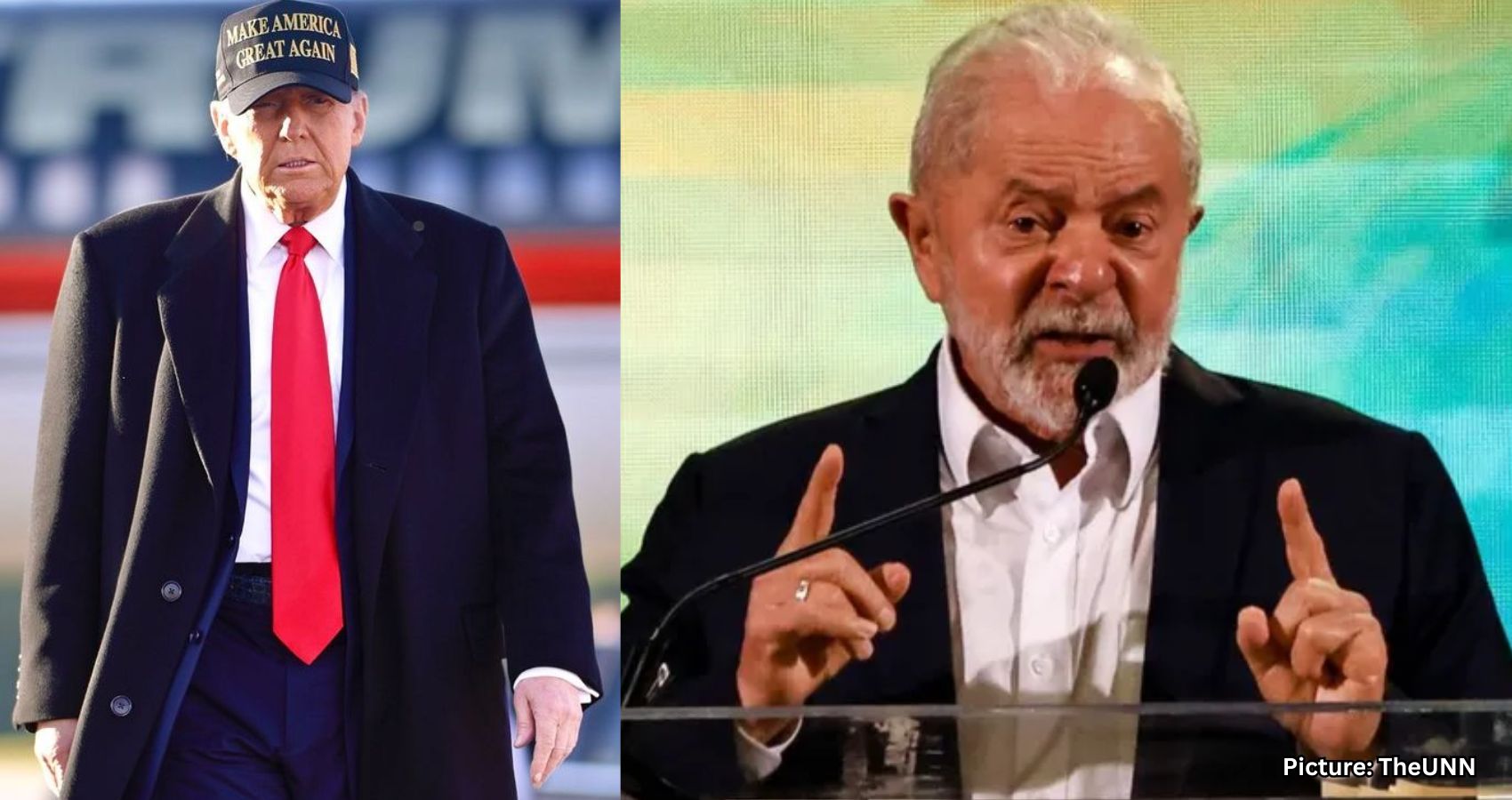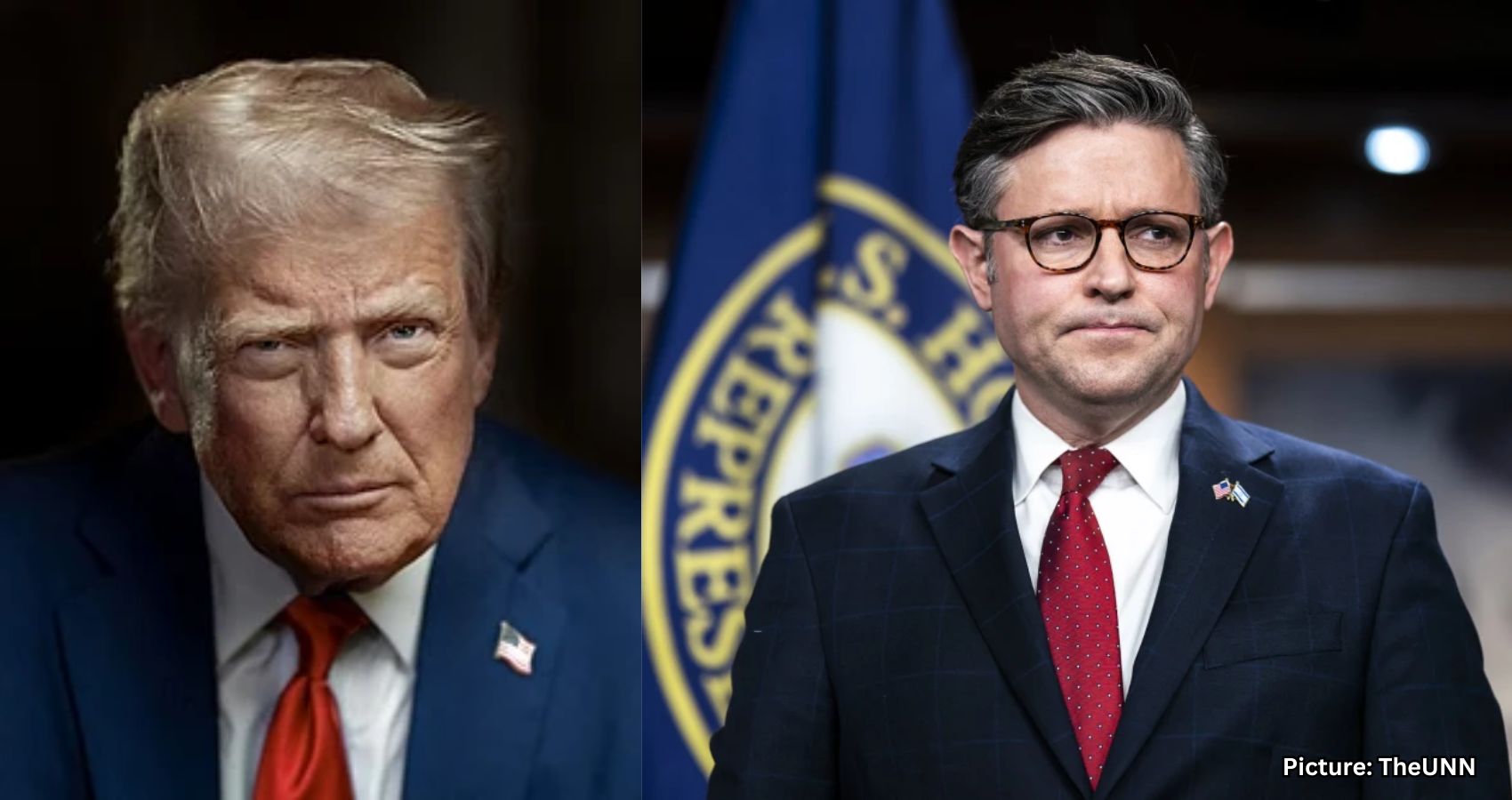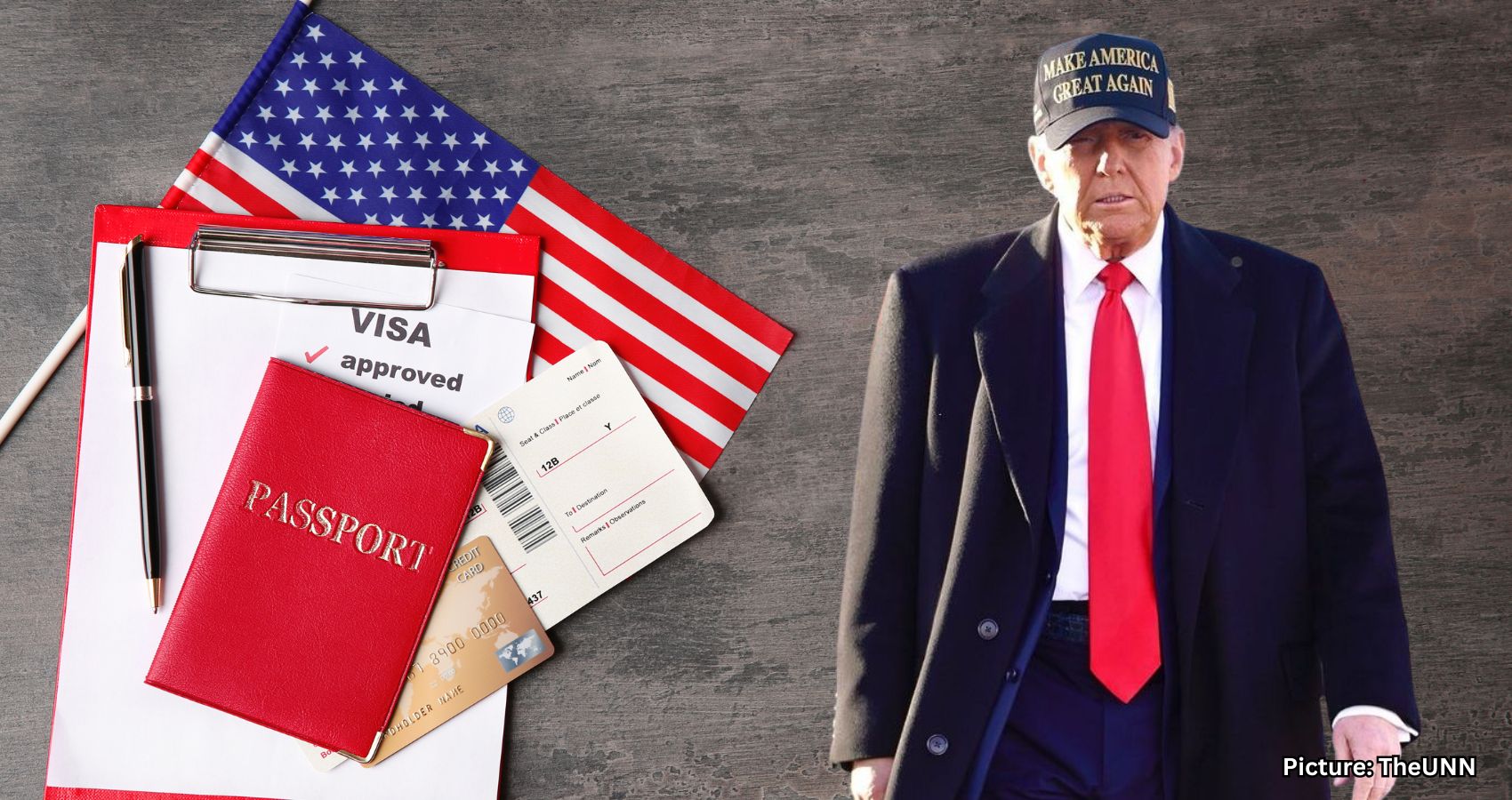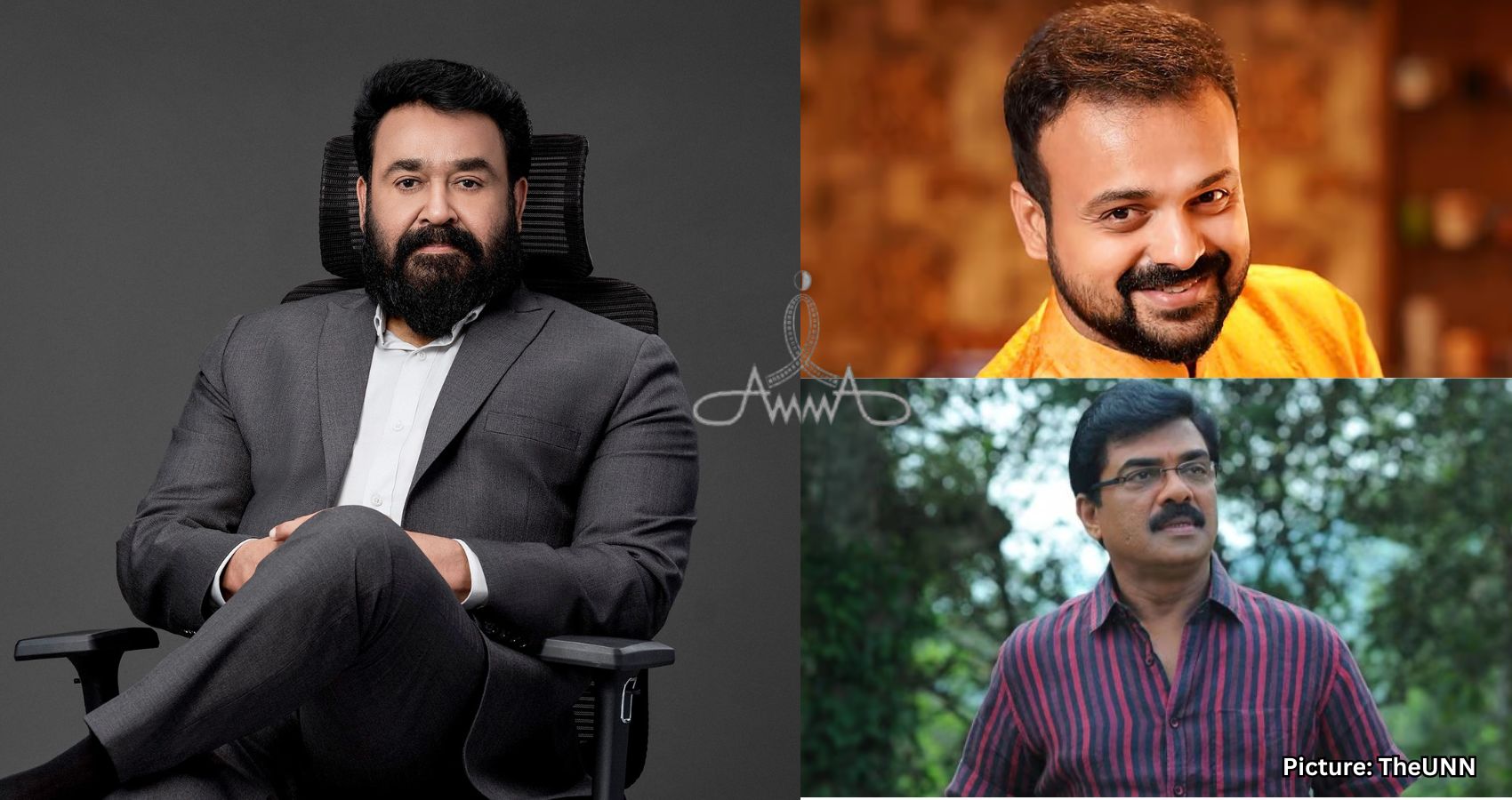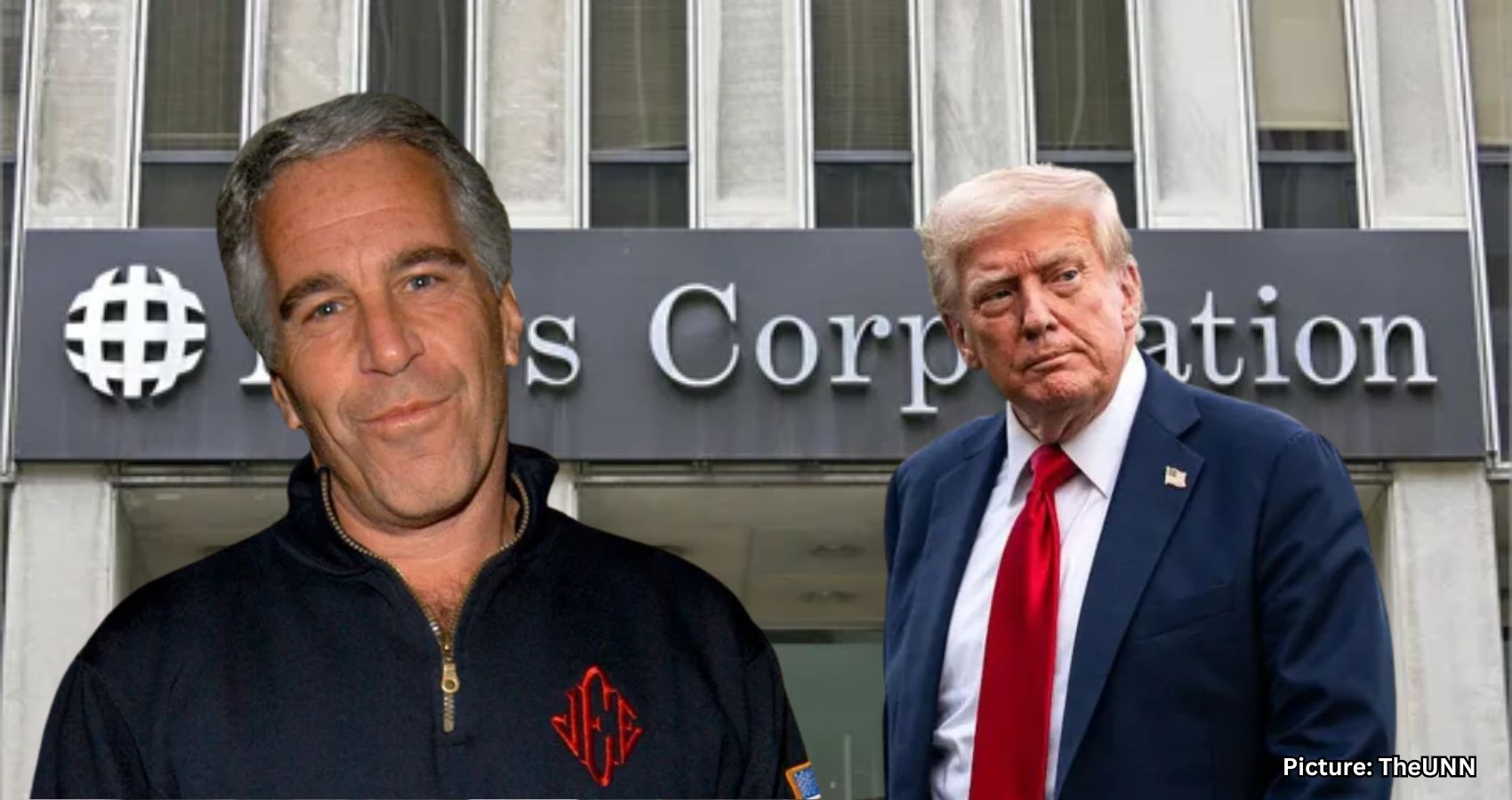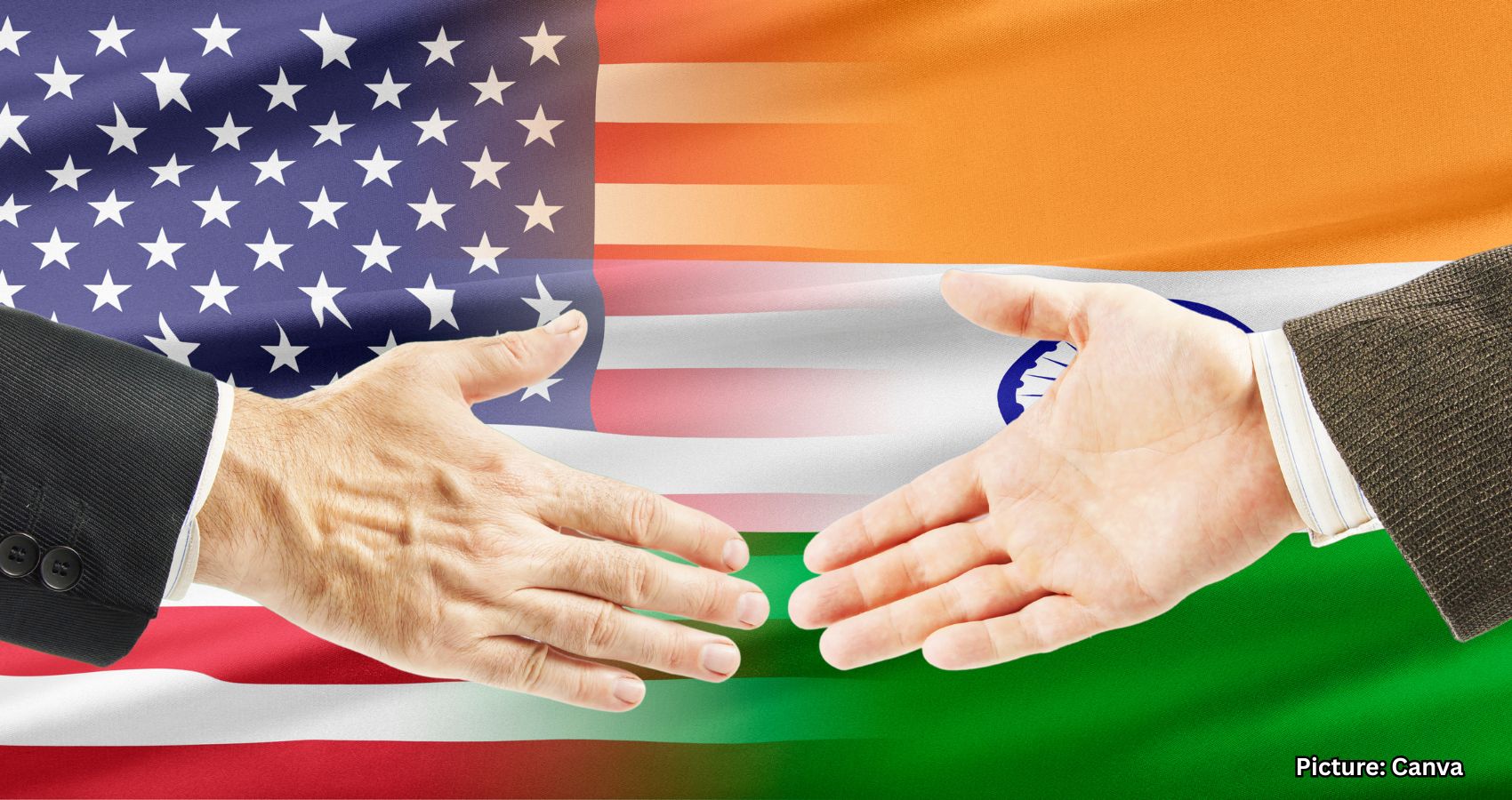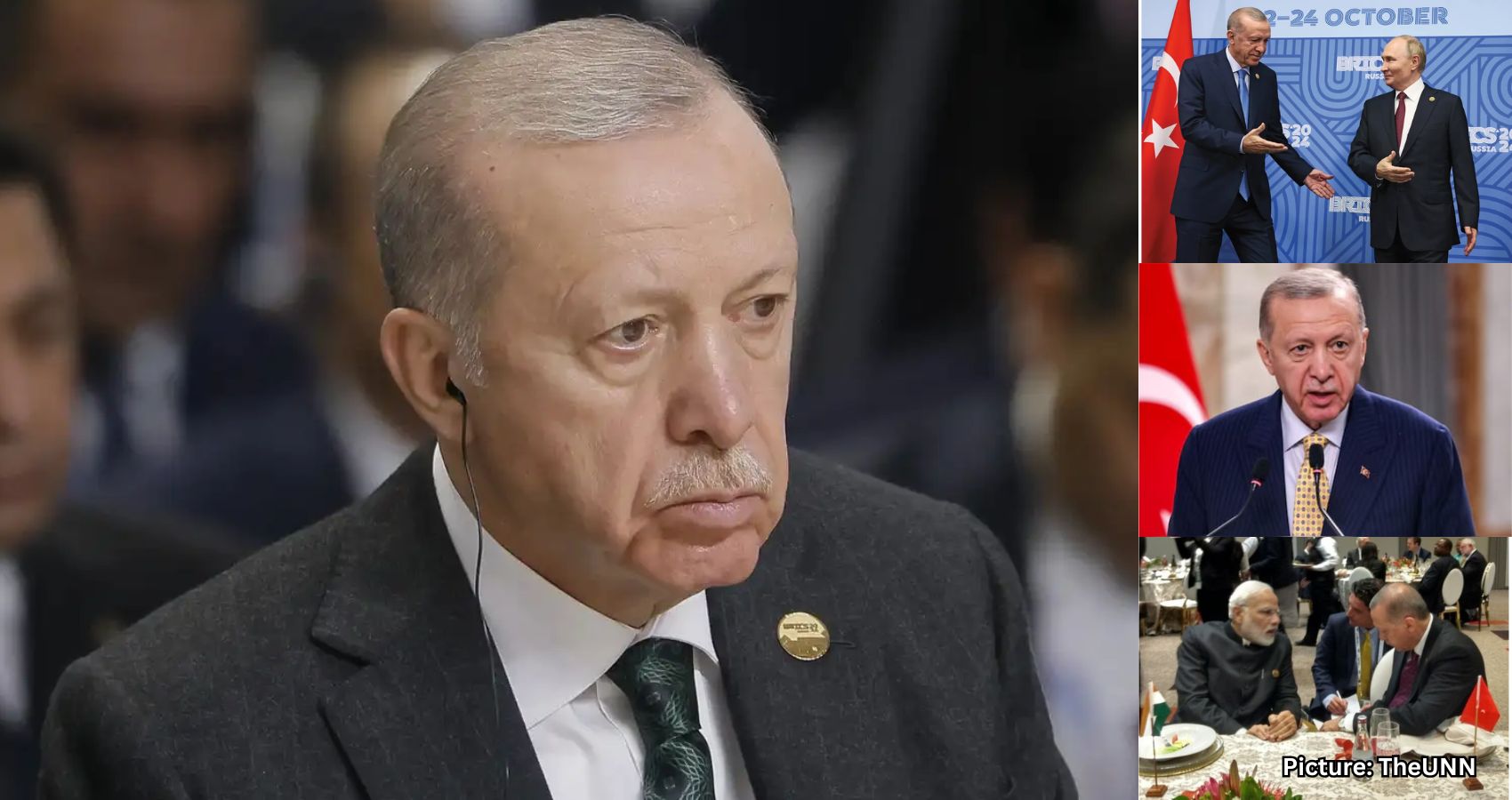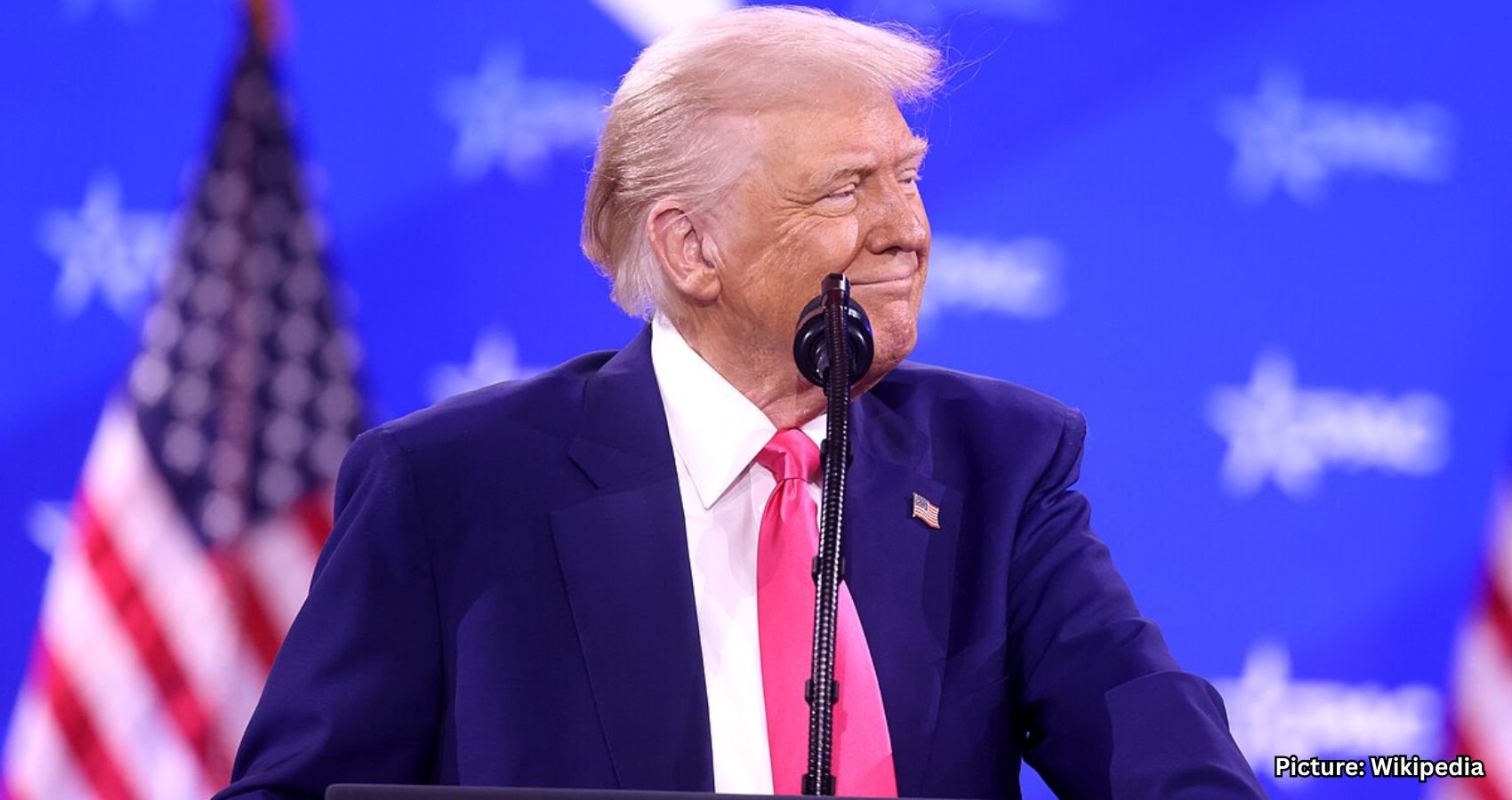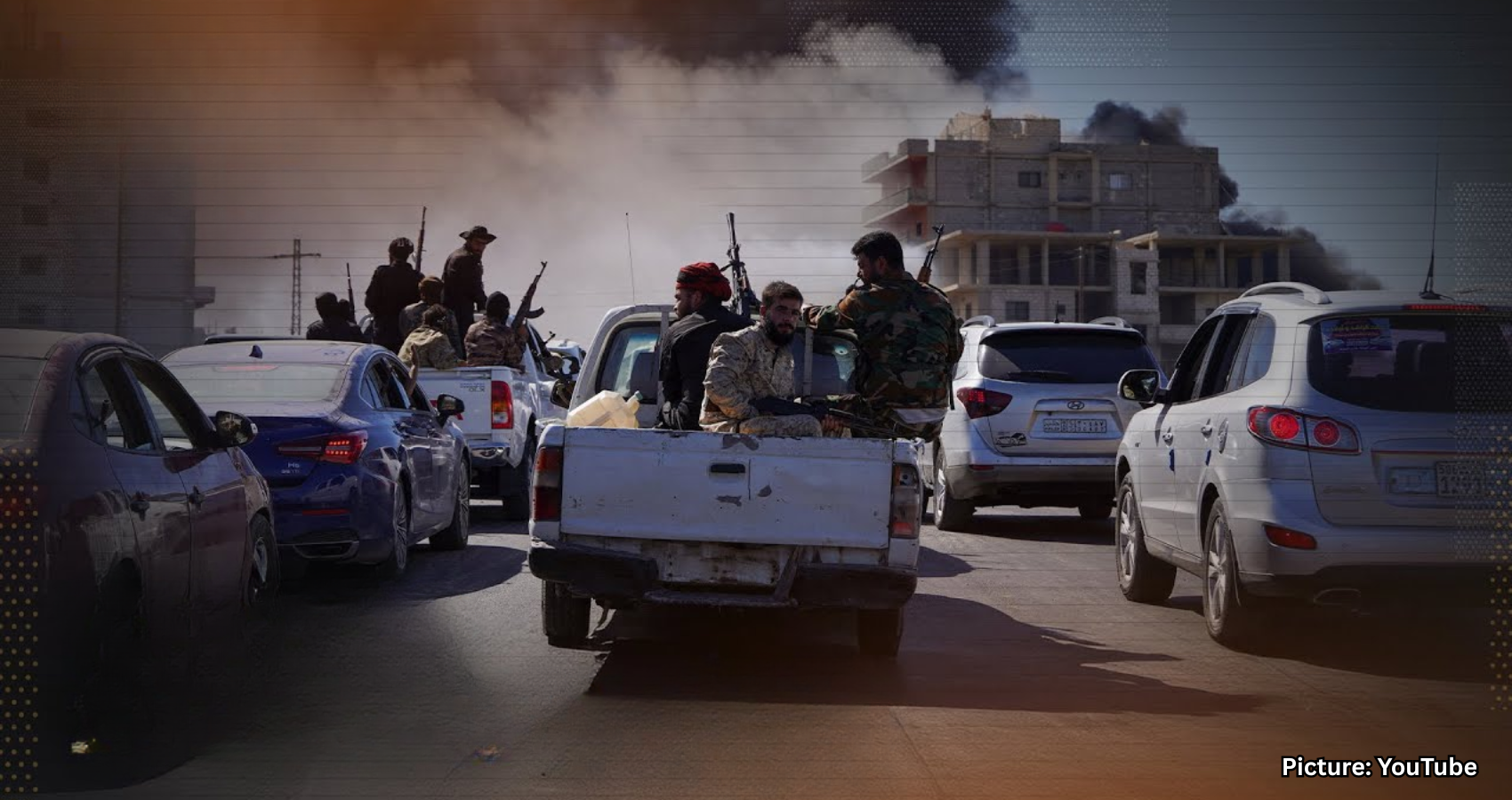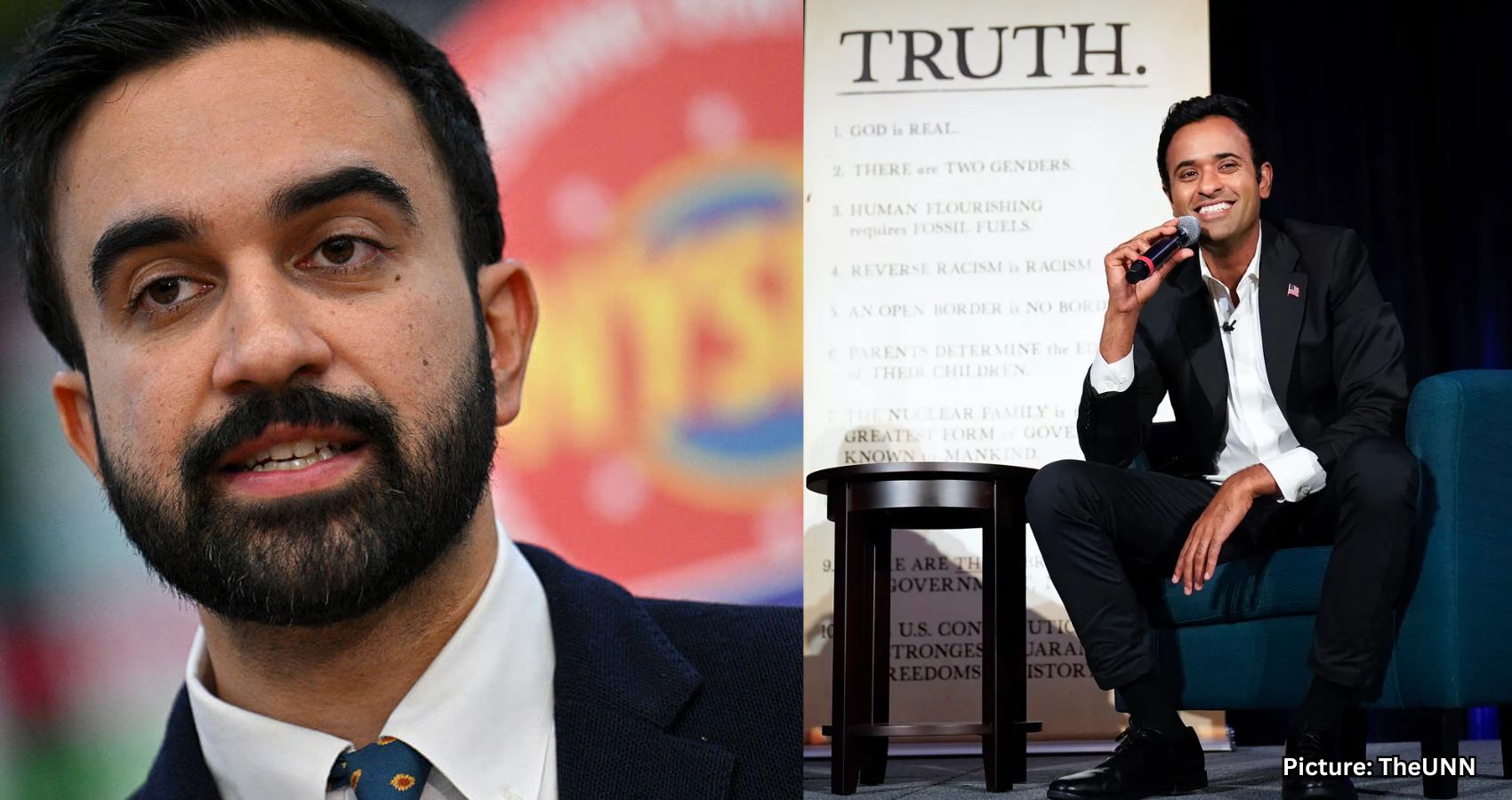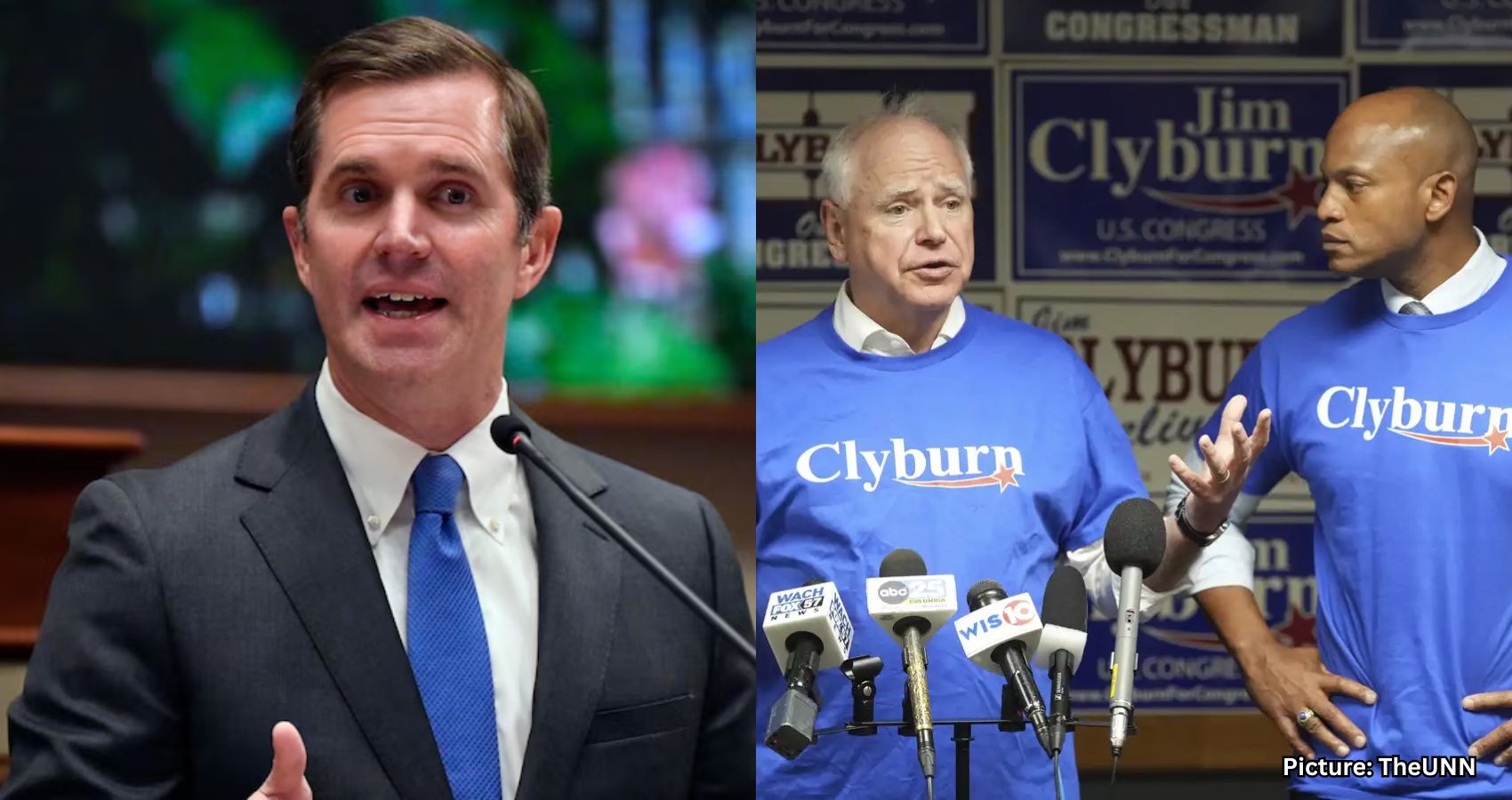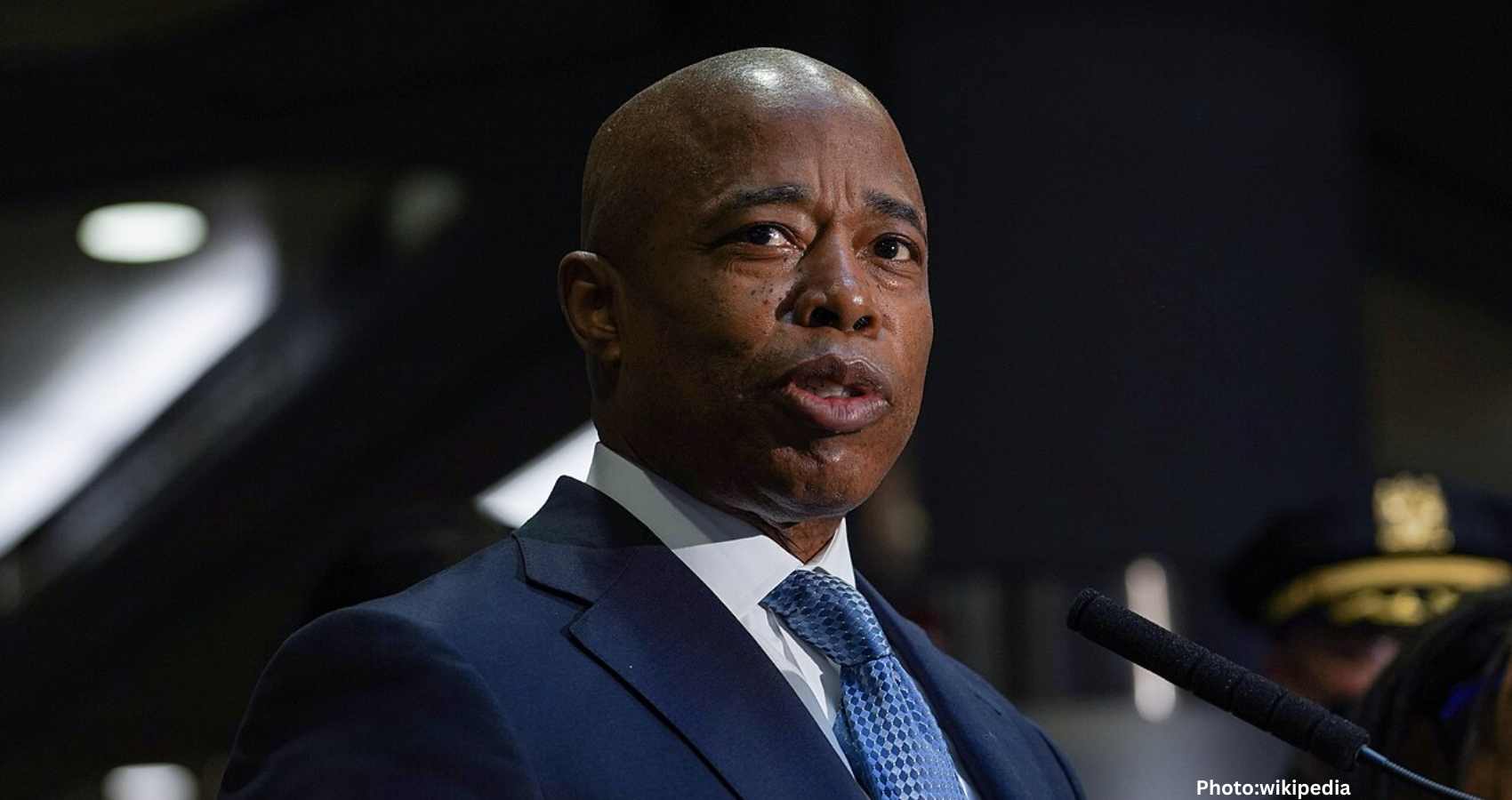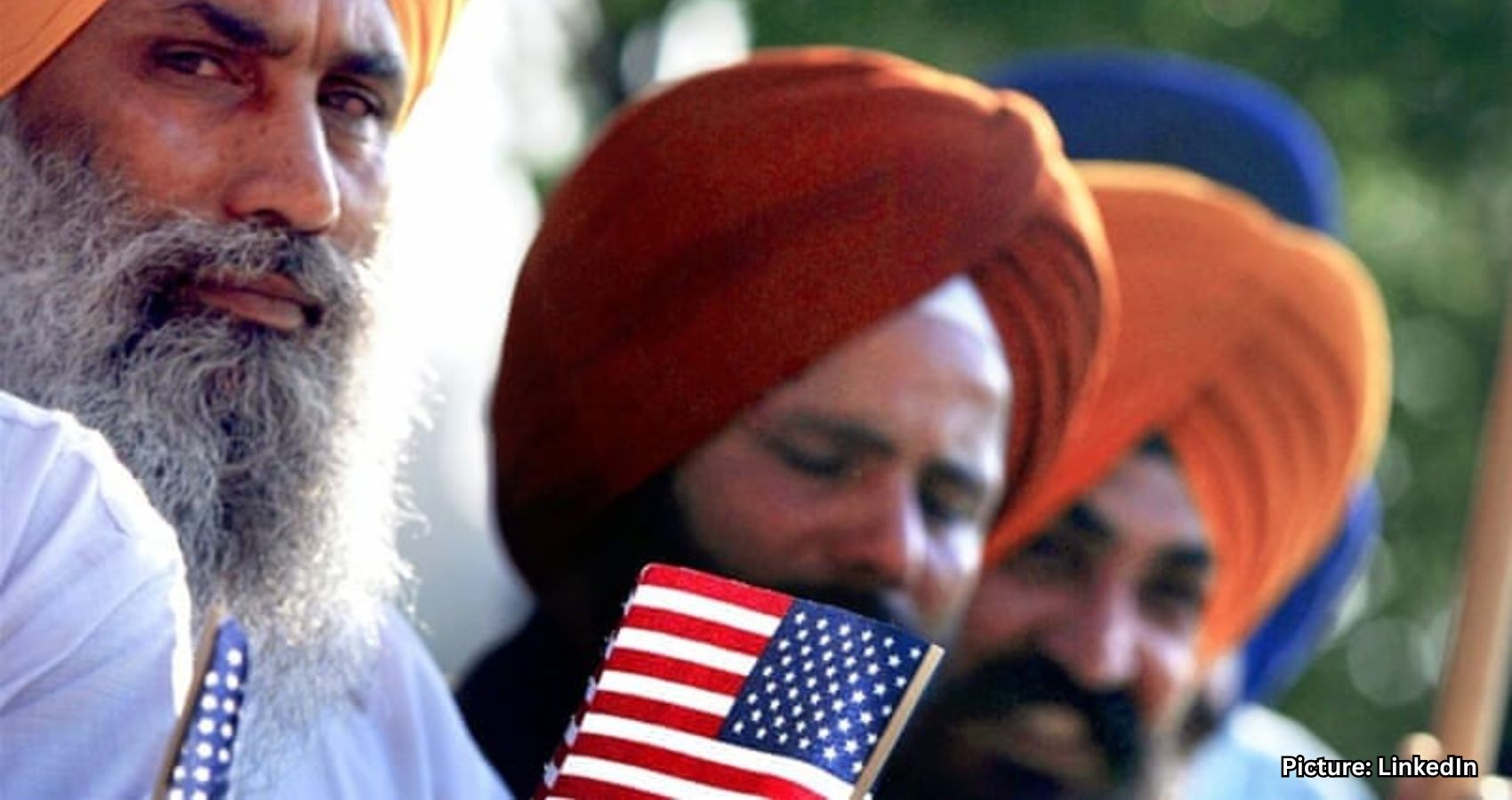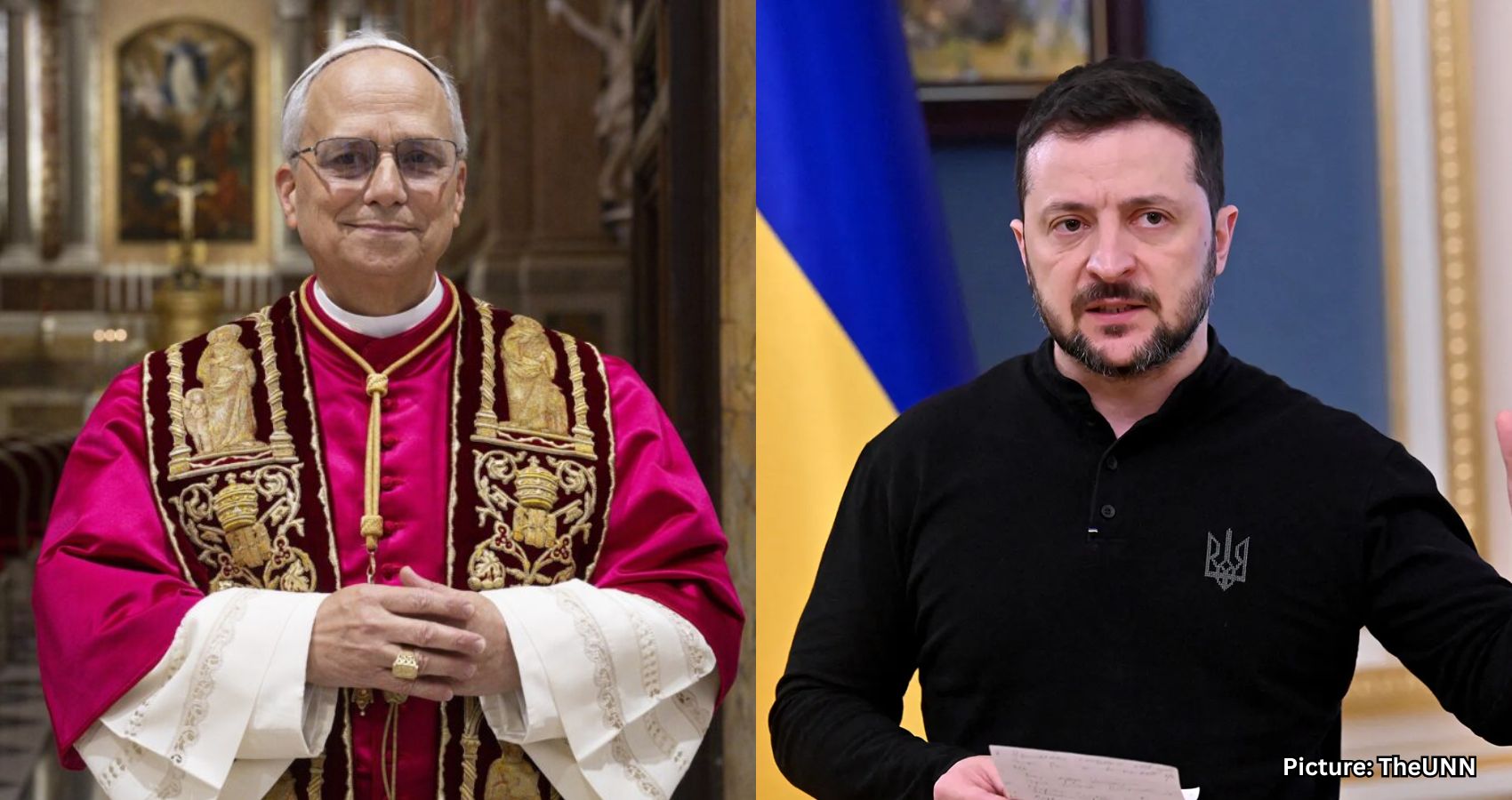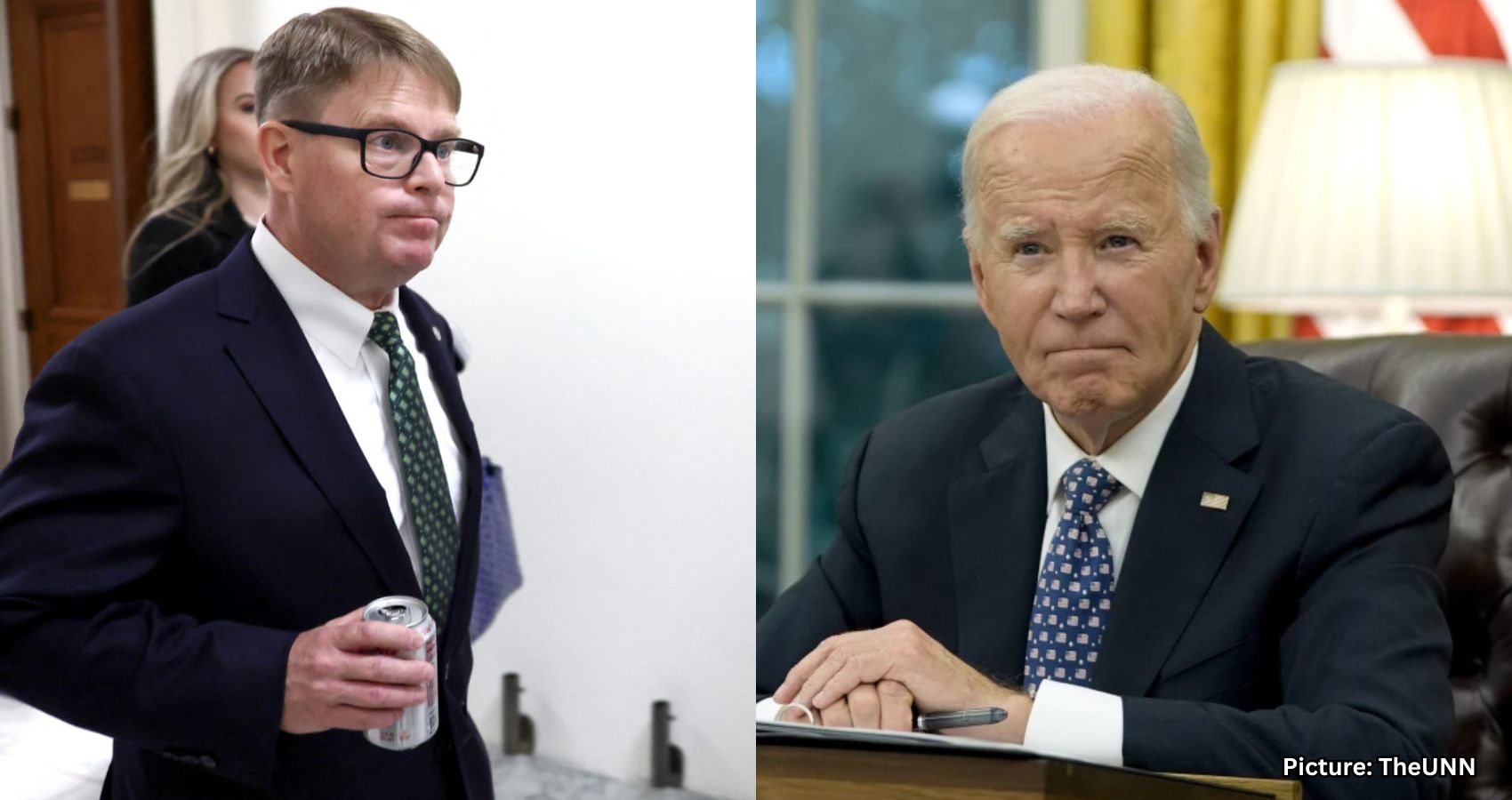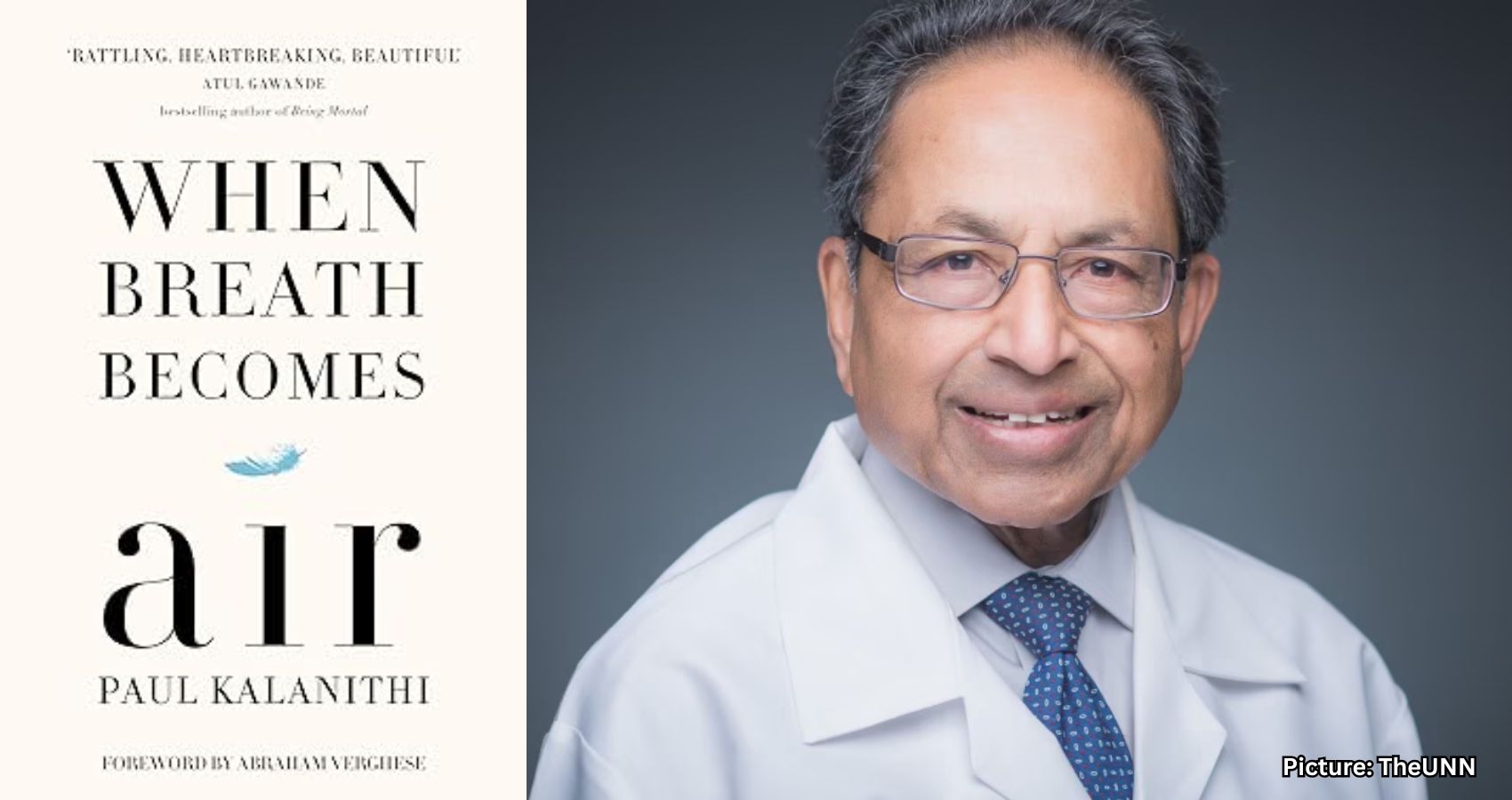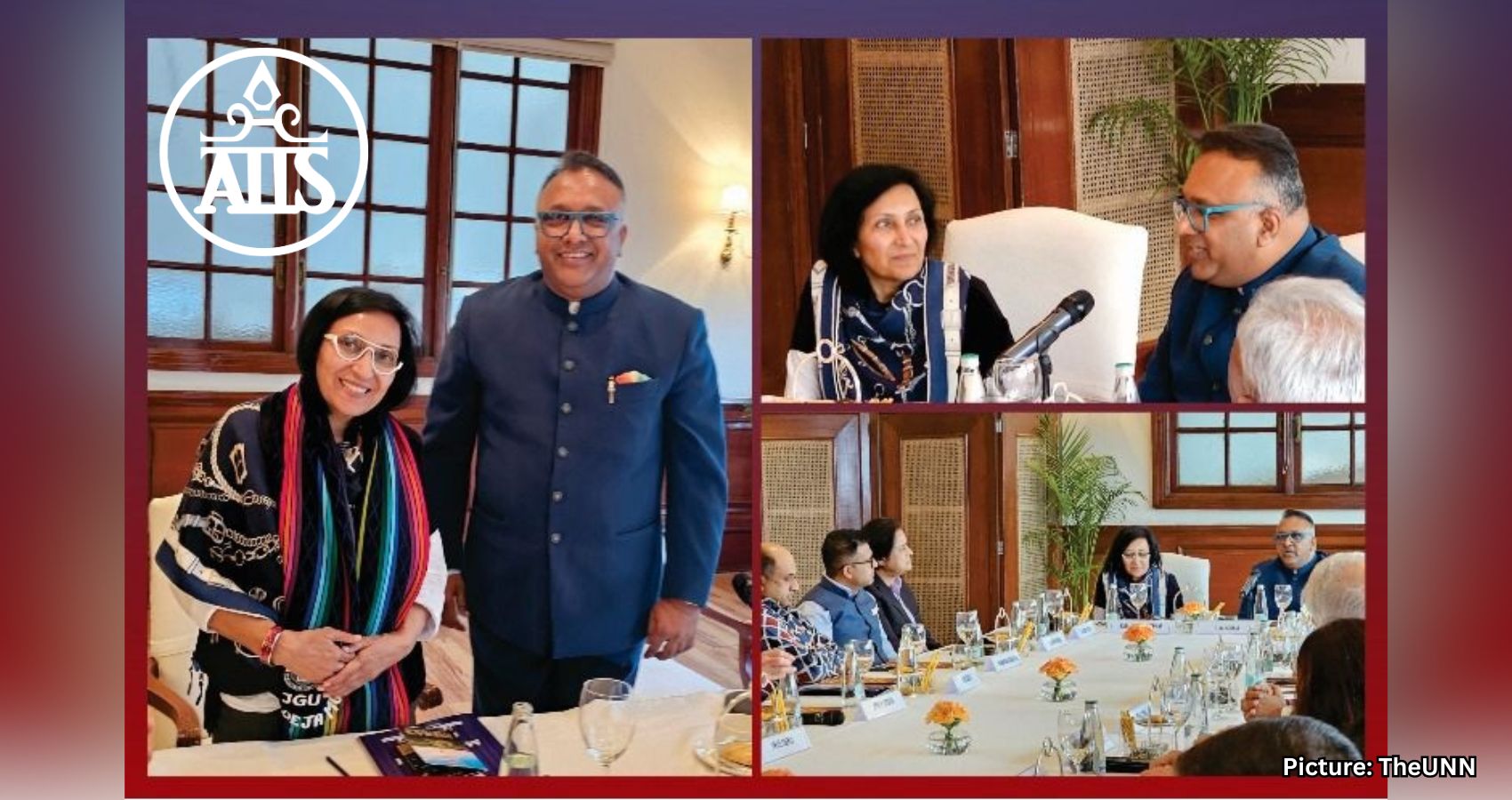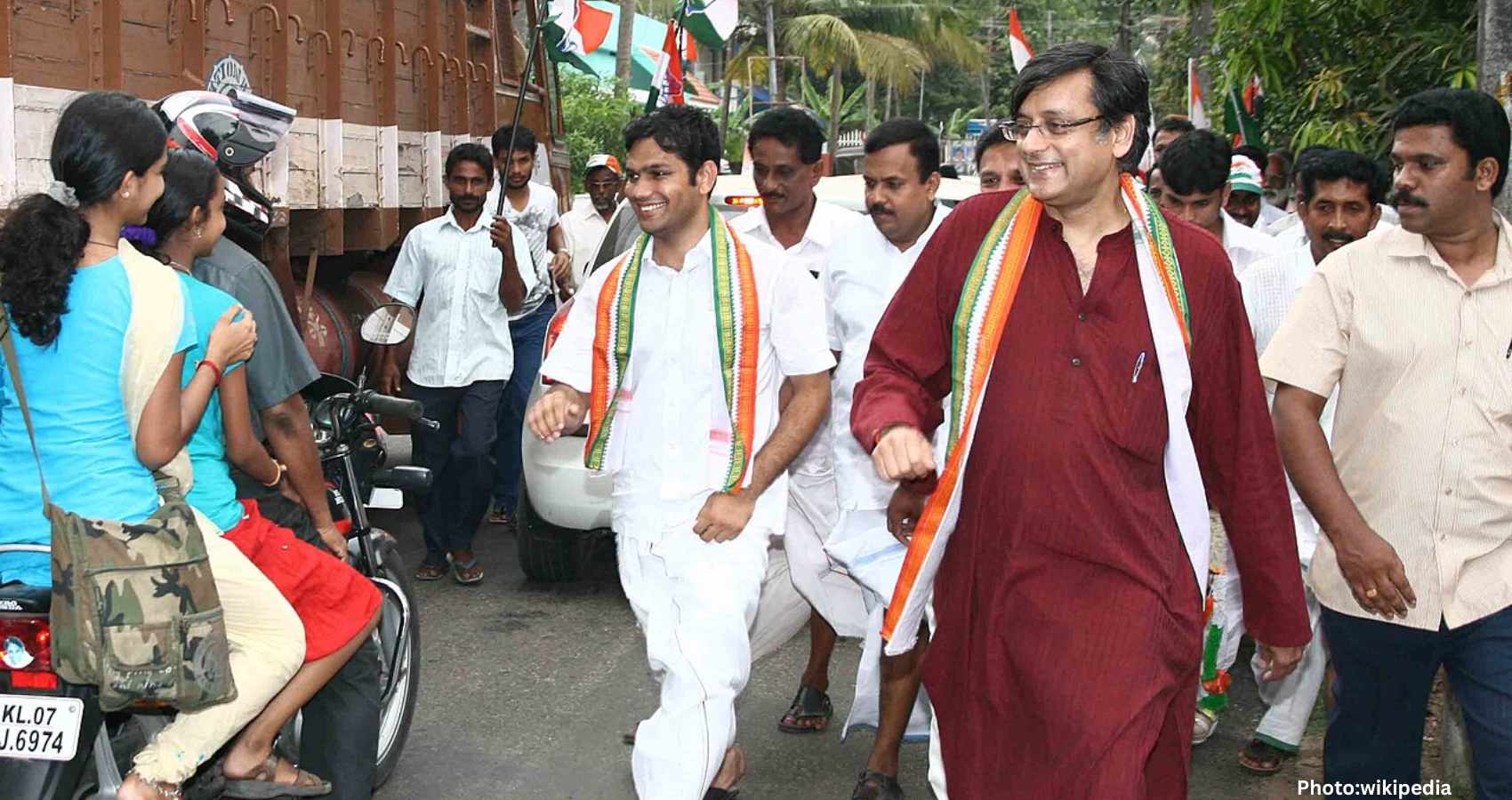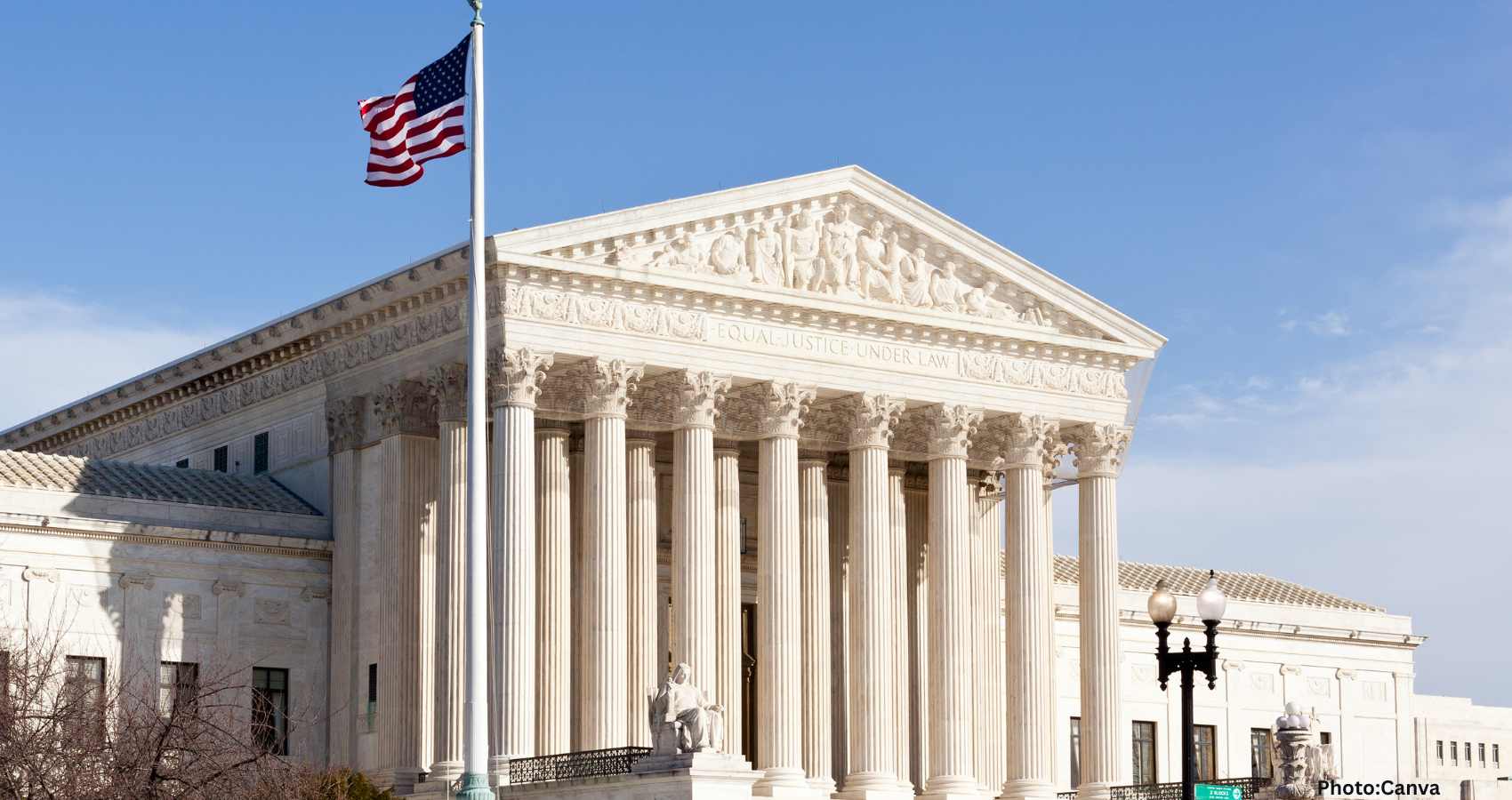The 106 year old All India Catholic Union condemns the unjust arrest of two Catholic nuns, Sister Preetha
Mary and Sister Vandana Francis of the Assisi Sisters of Mary Immaculate (ASMI), and their Tribal aide
Sukhman Mandavi in Chhattisgarh on July 25, 2025 and demands their immediate and unconditional release.
The arrests, coupled with the refusal of bail by multiple courts, the involvement of the National Investigation
Agency (NIA), and the complicity of state authorities with anti-Christian elements linked to the Sangh Parivar,
represents a grave assault on religious freedom, minority rights, and the secular fabric of India, AICU
president Engr. Elias Vaz said.
The severity of the pan Indian hate campaign in the last few years by members of the ruling Bharatiya Janata
party and its allies in the Sangh Parivar can be gauged by the fact that that a Maharashtra BJP legislator
Gopichand Padalkar is offering Rs 5 Lakh [ $5,756 USD), to anyone for “thrashing a missionary, the second
one to be given Rs 4 lakh, while the third one to be given Rs 3 lakh as prizes.”
The arrest of Sisters Preetha Mary and Vandana Francis is a shameful chapter in India’s history, reflecting the
erosion of constitutional values and the rise of communal forces that threaten the nation’s secular identity. The
Christian community, which has made immense contributions to education, healthcare, and social welfare,
deserves respect and protection, not persecution.
Sisters Preetha Mary and Vandana Francis were arrested at Durg Railway Station in Chhattisgarh by the
Government Railway Police, based on baseless allegations of human trafficking and forced religious
conversion.
The nuns were accompanying three young Christian women, all over 18 years of age, who were traveling to
Agra for employment opportunities at a convent-run institution. These women carried written consent letters
from their families, clearly indicating their voluntary decision to seek work. The girls attested they we’re
Christians and were travelling at their volition but were being coerced to speak against the nuns.
A women Sangh member, Jyoti Sharma, was filmed attacking the nuns while they were in the railway police
station where the constables were witness to the attack.
Members of the Bajrang Dal, the youth wing of the Vishwa Hindu Parishad (VHP) and a key affiliate of the
Sangh Parivar, staged a disruptive protest at the railway station, falsely accusing the nuns of trafficking and
conversion.
The refusal of bail by both the Lower Court and the Sessions Court in Durg, followed by the transfer of the
case to the National Investigation Agency (NIA) Court in Bilaspur, is a disturbing escalation that underscores
the politicization of the legal system. On July 30, 2025, Judge Aneesh Dubey of the Sessions Court ruled that
the case falls under the purview of the NIA due to the human trafficking charges, effectively delaying justice
and prolonging the nuns’ detention.
The involvement of the NIA, an agency typically tasked with handling terrorism-related cases, in a matter
involving baseless allegations against two nuns is both disproportionate and alarming. It suggests a deliberate
attempt to intimidate and suppress the Christian community by framing their legitimate activities as national security threats. This misuse of legal mechanisms to target minorities must be condemned in the strongest
terms.
The arrest of the nuns has sparked widespread protests across India, reflecting the deep sense of injustice
felt by citizens from all walks of life, in Kerala, the nuns’ home state.
The protests have extended beyond Kerala to Delhi, Bangalore, and other major cities.
On July 28 and 30, 2025, Members of Parliament from both the ruling Left Democratic Front (LDF) and the
opposition United Democratic Front (UDF) in Kerala staged demonstrations outside Parliament. Kerala Chief
Minister Pinarayi Vijayan, in a letter to Prime Minister Narendra Modi, described the arrests as a “blatant
display of the Sangh Parivar’s real character” and demanded immediate intervention to ensure justice.
The arrest of the nuns is a stark reminder of the escalating anti-Christian violence in India, particularly in BJPruled states. According to the United Christian Forum, attacks against Christians have risen dramatically, from
127 incidents in 2014 to 834 over the past decade. In 2025 alone, the Christian community has faced
relentless persecution, including vandalism of churches, harassment of clergy, and disruption of religious
services.
States like Chhattisgarh, Uttar Pradesh, Madhya Pradesh, and Odisha have become hotspots for such
violence, with Sangh Parivar affiliates acting with impunity under the protection of state governments.
The misuse of anti-conversion laws, such as the Chhattisgarh Religious Freedom Act, 1968, has become a
tool to target Christians, with vague provisions allowing for the harassment of missionaries and institutions.
The brutal killing of Graham Staines and his sons in Odisha in 1999 and the destruction of churches in
Gujarat’s Dang district are grim reminders of the Sangh Parivar’s history of violence against Christians.
We call for the following actions to address this grave injustice and the broader issue of anti-Christian violence
in India:
1. Immediate Release of the Nuns: The government must ensure the unconditional release of Sisters
Preetha Mary, Vandana Francis, and Sukhman Mandavi, and drop all charges against them.
2. Independent Investigation: An impartial inquiry must be conducted into the role of Bajrang Dal
activists and the complicity of the Chhattisgarh police in this incident.
3. Repeal of Anti-Conversion Laws: Draconian laws that enable the targeting of minorities must be
repealed to protect religious freedom.
4. Protection for Minorities: The Central and state governments must take concrete measures to curb
religious fanaticism and prevent mob violence against Christians and other minorities.

